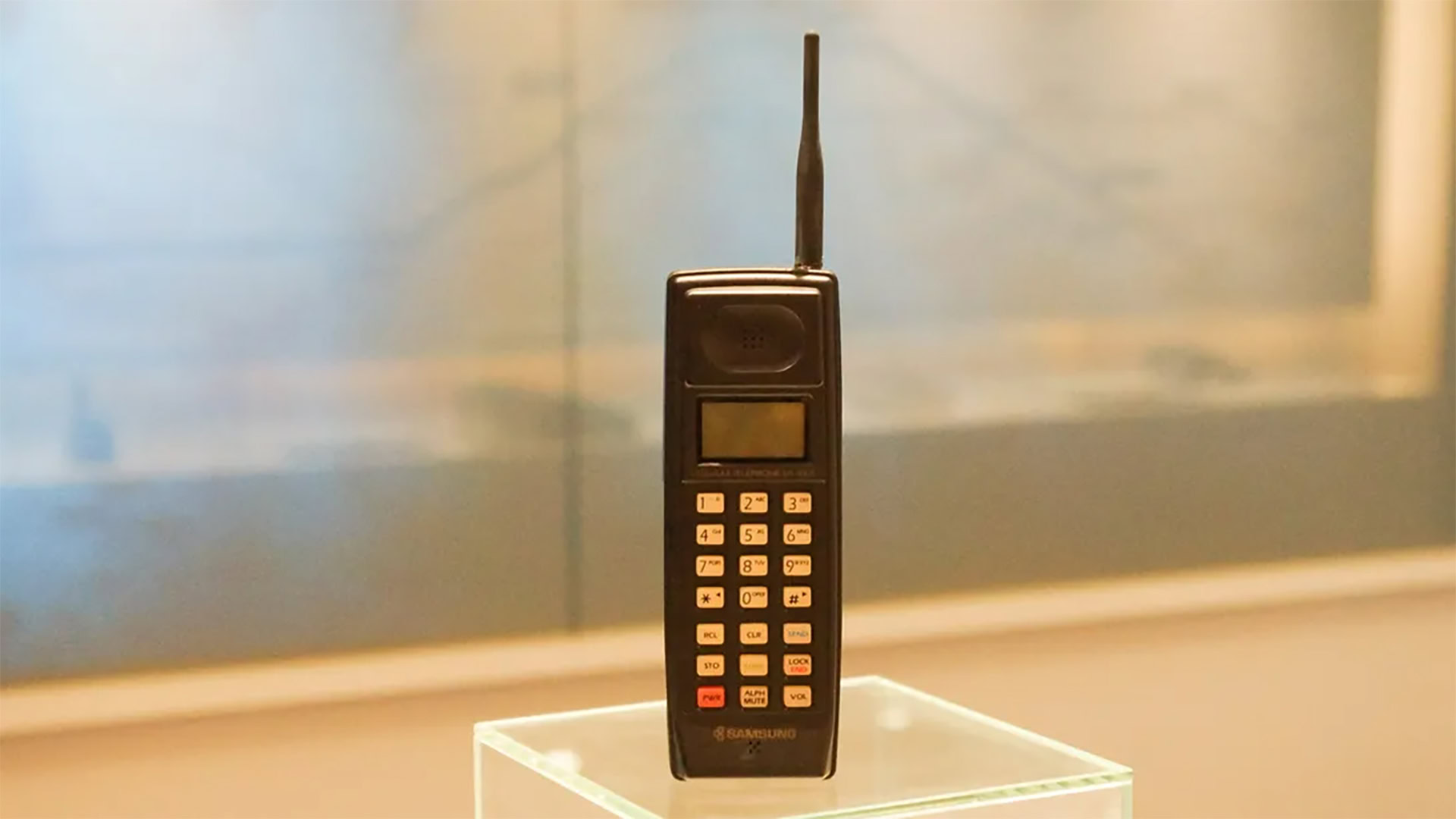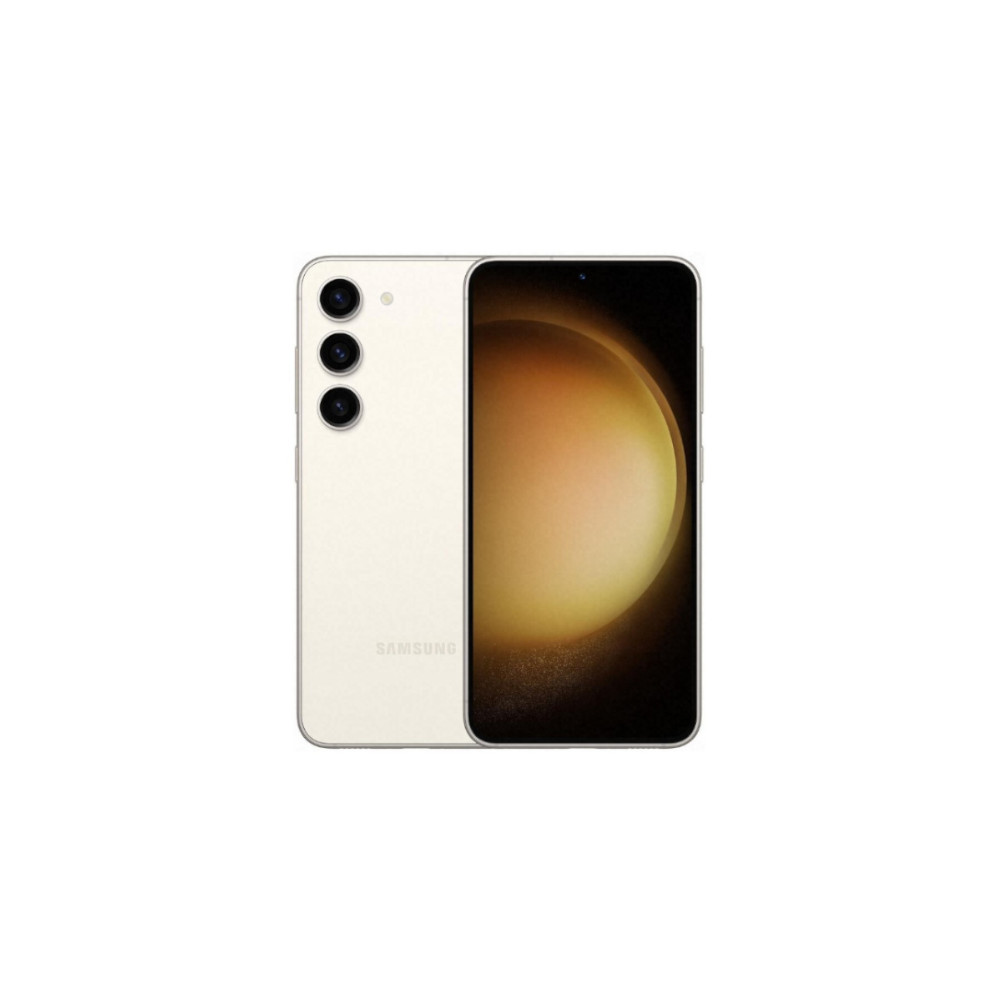Affiliate links on Android Authority may earn us a commission. Learn more.
Samsung: A complete guide to the world's biggest phone and electronics company
Published onJanuary 5, 2024
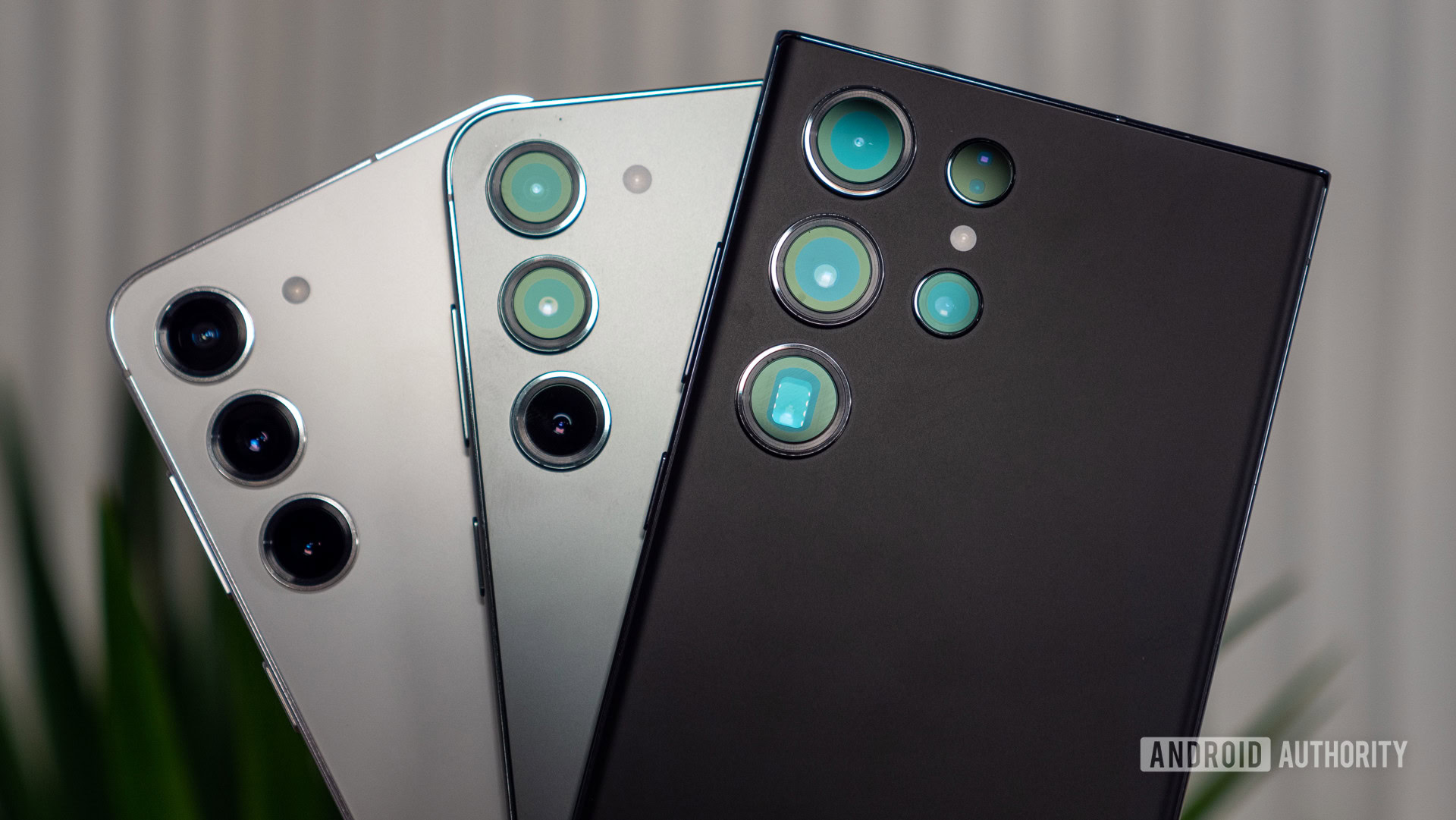
There are dozens of prominent Android smartphone manufacturers around the world. In most areas, though, Samsung is the top dog. The best Samsung phones are the most popular Android-based smartphones in many markets, including here in the United States.
By multiple metrics, Samsung is the biggest electronics company in the world. In fact, in its home country of South Korea, it is the largest chaebol, or “business conglomerate,” and accounted for a whopping 20% of the country’s entire GDP in 2021. Simply put, Samsung is an enormous brand with a huge amount of influence on its various industries.
While we will dive into everything Samsung does in this article, we will keep most of our focus on Samsung’s smartphone business. After all, that’s where most of the company’s focus is in the first place. Samsung releases dozens of phones each year, and each phone is attached to one of its several smartphone lines. Things can get pretty confusing with all those phones and categories.
By the end of this article, you should know everything you need to know about Samsung phones. This should help you make informed buying decisions and keep you up-to-date on the latest moves from one of the world’s most important companies.
Who is Samsung?
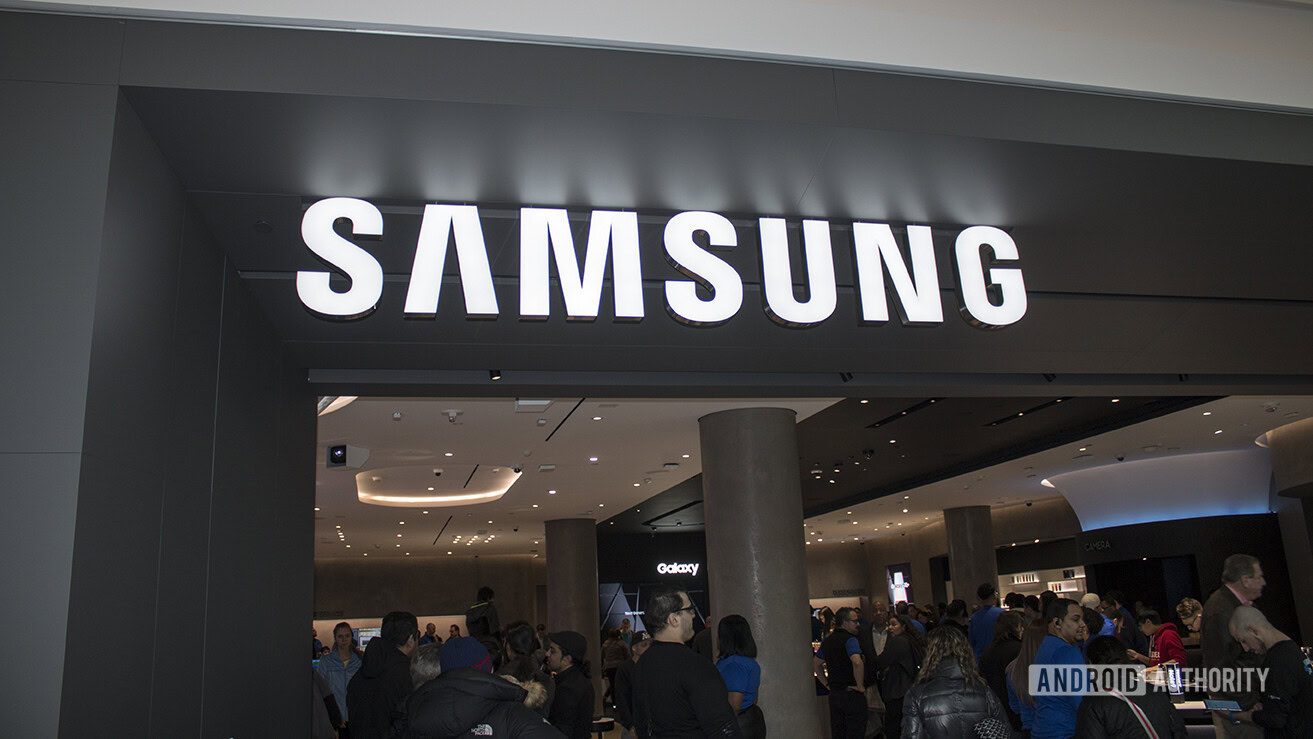
Samsung has been around since 1938. Over the years, it’s sold everything from dried fish to smartphones. Here’s a timeline of how the company progressed through the decades.
1938—1969: Samsung’s founding and early years
Just as World War II was starting to intensify, a Korean man named Lee Byung-Chul started a trading company using money from his family’s land holdings. He called the company Samsung. At first, Samsung traded dried fish and other food products, but Lee quickly diversified. In its first year, Samsung had a mere 40 employees; just 0.0001% of the 270,000 employees Samsung now has globally.
Lee expanded his company rapidly, weathering the Korean War and seeing success in various industries. The company was a major player in insurance, textiles, and even construction. Many of these businesses are still around today, though they take a backseat to Samsung’s electronics business, which really started to take off in the 70s.
- 1950: The Korean War forces Lee Byung-Chul and his company out of Seoul.
- 1954: Samsung opens the country’s largest wool mill in Daegu.
- 1969: Samsung Electric Industries, the subdivision that would later account for most of the company’s business, is incorporated.
1970—2006: Growth as electronics reshape the world
The 1970s brought about seismic changes for the world as a whole. True to its reputation, Samsung was there to capitalize on technological innovations that made newer, better, and more profitable electronics possible. The company’s first consumer electronics products were simple by today’s standards — calculators, washing machines, and refrigerators, among other things.
In the 1980s and 1990s, the company’s reputation as a maker of cheap electronics limited its ability to grow. New CEO Lee Kun-Hee laid out a plan to begin manufacturing electrical components for other companies and heavily invest in its own electronics division. Over time, Samsung’s image, market share, and revenue grew. By the mid-2000s, the company was ready to conquer the entire industry.
- 1974: Samsung enters the semiconductor market when it acquires Korea Semiconductor.
- 1981: Samsung’s television manufacturing business completes its 10-millionth television set.
- 1988: The company’s first mobile phone, the SH-100, is a commercial disappointment.
- 1998: CEO Lee Kun-Hee steers the company toward manufacturing electronic components, a major step toward becoming the world’s largest electronics producer.
- 2004: Samsung develops the world’s first 8GB flash memory chip.
2007—2012: The smartphone wars begin
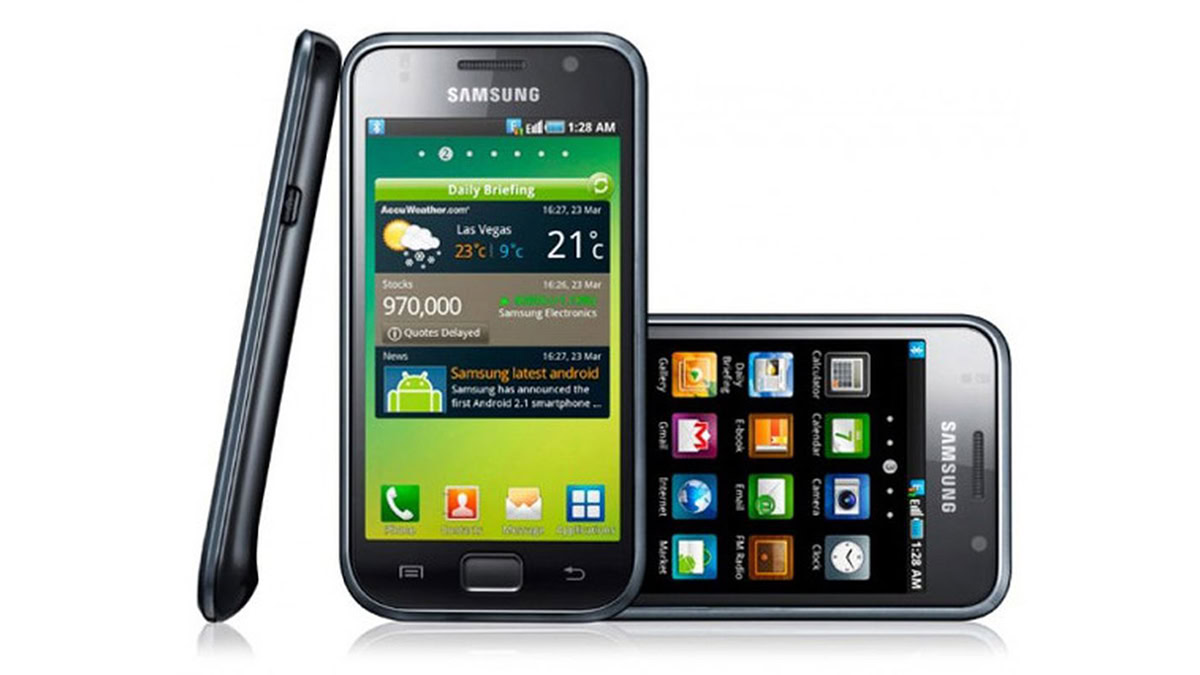
In 2007, Apple launched the first iPhone, heralding the beginnings of the smartphone industry. Around this time, Samsung launched a series of smartphones based on many different operating systems, including Symbian, Windows Phone, and even its own short-lived in-house operating systems.
It wasn’t until 2010, though, that Samsung struck gold with the first Samsung Galaxy S phone (shown above), which ran the Android operating system. That device helped the brand gobble up market share from other companies. By late 2011, Samsung phones accounted for nearly 24% of the market, dwarfing Apple’s 15% share.
Eventually, Samsung went all-in on Android-based smartphones. Each year, it would release dozens of phones, with some only available in certain parts of the world. In 2012, it officially became the world’s largest mobile phone manufacturer.
- 2007: Samsung takes Motorola’s spot as the second-largest mobile phone maker, even before releasing its first smartphone.
- 2009: The Samsung Galaxy S is released, quickly becoming one of the year’s top phones.
- 2012: The Galaxy S3 sells more than 80 million units, making it the most popular phone ever at the time.
2013—today: Global dominance
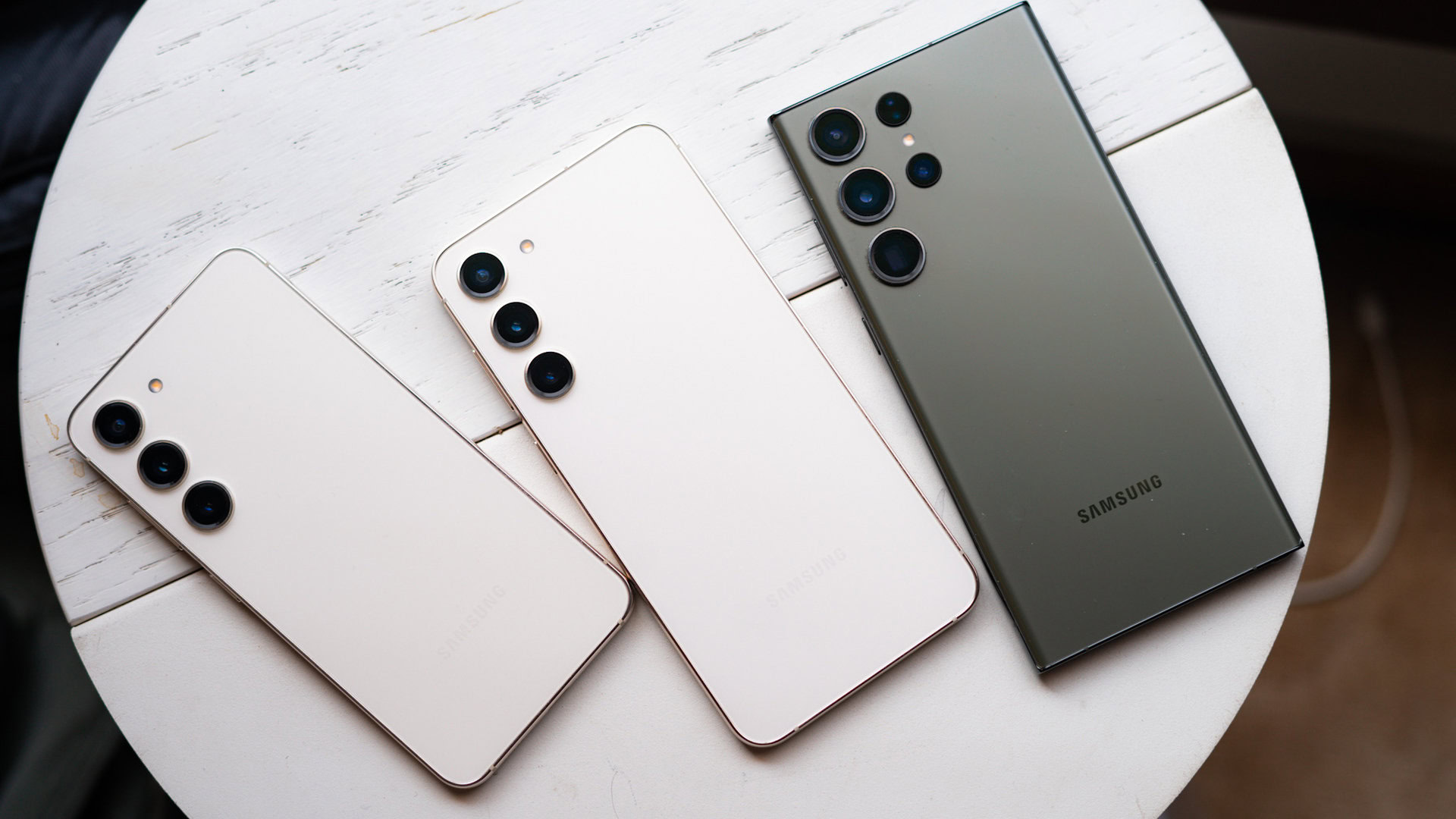
Since the late 2000s, Samsung’s status as the top dog in the smartphone world has remained largely unchanged. HUAWEI briefly overtook Samsung as the world’s largest manufacturer in 2020, but that lead didn’t last long, thanks to the HUAWEI ban. As of now, when it comes to smartphones and Android-based devices, Samsung is the undisputed king, full stop.
In the last few years, Samsung’s focus has been less on competition and more on innovation. The advertising war between Samsung and Apple rages on, with each company spending hundreds of millions to tell consumers its flagship phone is the best. Still, few people are actually shifting their loyalties. Not even Google joining the race with the first Pixel in 2016 did much to change the smartphone landscape, even though Pixel devices are routinely among our favorites.
Samsung remains the top smartphone manufacturer globally with no signs of losing its spot.
Instead, Samsung has invested more energy in developing new technology, features, and designs. This is an effort to maintain its grip on the smartphone market. Foldable phones, best-in-class cameras, and new phones for entry-level and mid-range budgets are all part of Samsung’s strategy to stay on top — and it’s working.
Expect the company to continue rapidly releasing new phones, pushing new technologies, and doing everything possible to avoid giving up the throne.
Samsung’s other businesses still exist. In fact, it is still the fourteenth-largest insurance company in the world. Samsung Electronics, however, accounts for 70% of the conglomerate’s annual revenue. Think of the company as an electronics company that just so happens to excel in other industries. Like a person with a full-time job and a few lucrative side hustles, Samsung has little to worry about these days.
- 2013: The Galaxy S4 outdoes the S3 and becomes the top-selling Android phone of all time, a record it still holds in 2023.
- 2013: Strong sales contribute to record-breaking profits, including a Q3 profit of nearly $10 billion.
- 2019: A Samsung TV is the first in the world to display 8K video without needing external receivers or decoders.
- 2020: Samsung releases the final entries in the Note series, the Galaxy Note 20 and Galaxy Note 20 Ultra.
- 2023: The Galaxy S23, Samsung’s latest flagship device, was released to rave reviews.
What products does Samsung make?
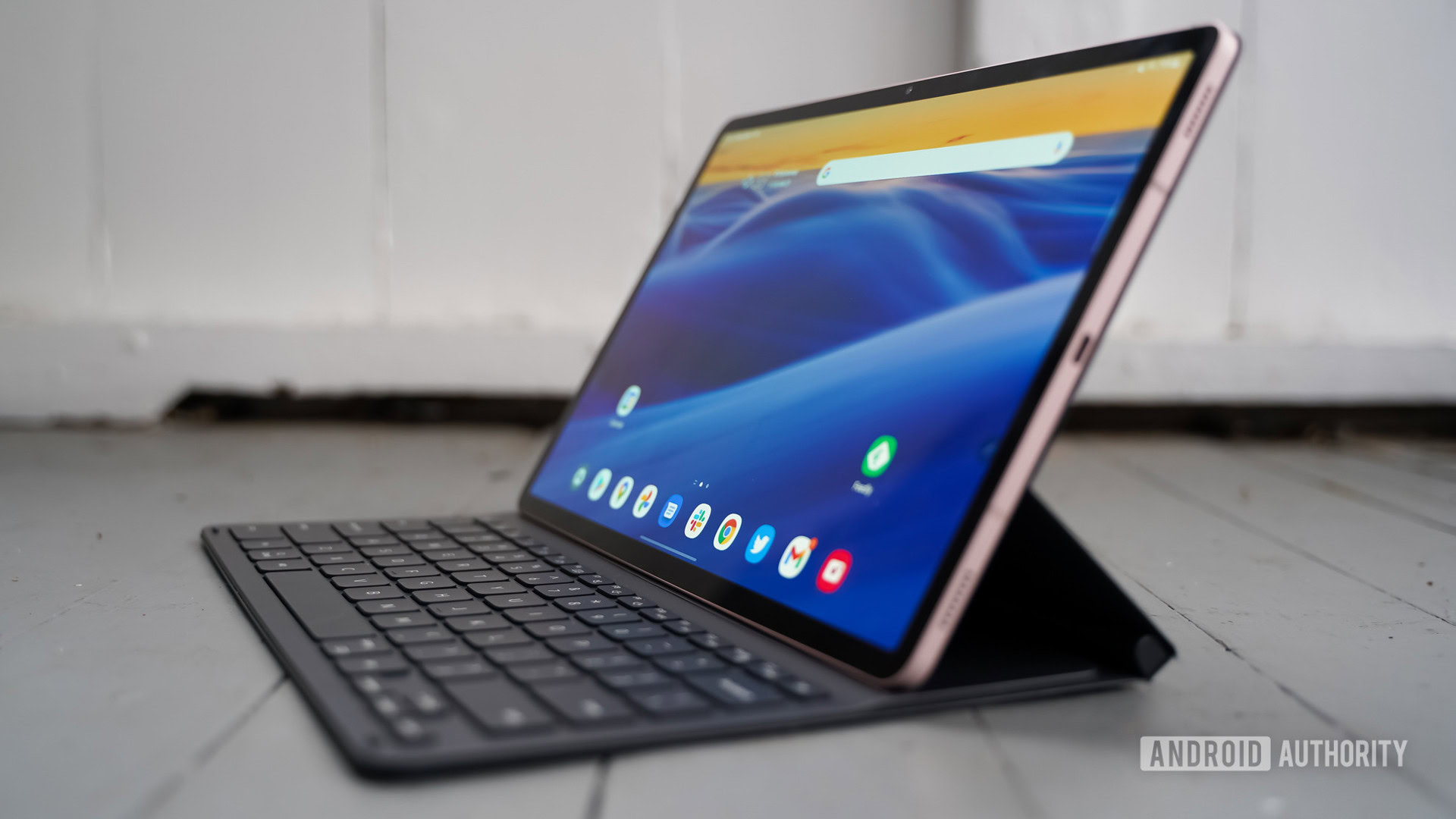
Samsung doesn’t just make smartphones. Outside of Samsung phones, there are tablets, laptops, televisions, printers, speakers, headphones, cameras, smart refrigerators, toasters — the list goes on and on.
Basically, if you own any electronic gadget, the chances are very high that Samsung offers a similar product in that category. On top of that, Samsung’s components manufacturing business is staggeringly huge, bringing in more money for the company than even smartphones did in 2017.
Because it has its hands in so many different markets, making an article that covers everything Samsung creates would be incredibly difficult. That said, let’s touch on a few product categories that we frequently cover here at Android Authority.
Samsung tablets, laptops, and Chromebooks

The tablet market is dominated by Apple with the iPad. While Samsung lags pretty far behind Apple in the tablet world, it’s still the clear runner-up; no other company comes close.
The company’s highest-end tablet line is the Galaxy Tab S series, which is most recently headlined by the Samsung Galaxy Tab S9, Tab S9 Plus, and Tab S9 Ultra. It also offers less expensive tablets in its Galaxy Tab A line, such as the Galaxy Tab A8.

Premium, water-resistant build
Extensive update policy
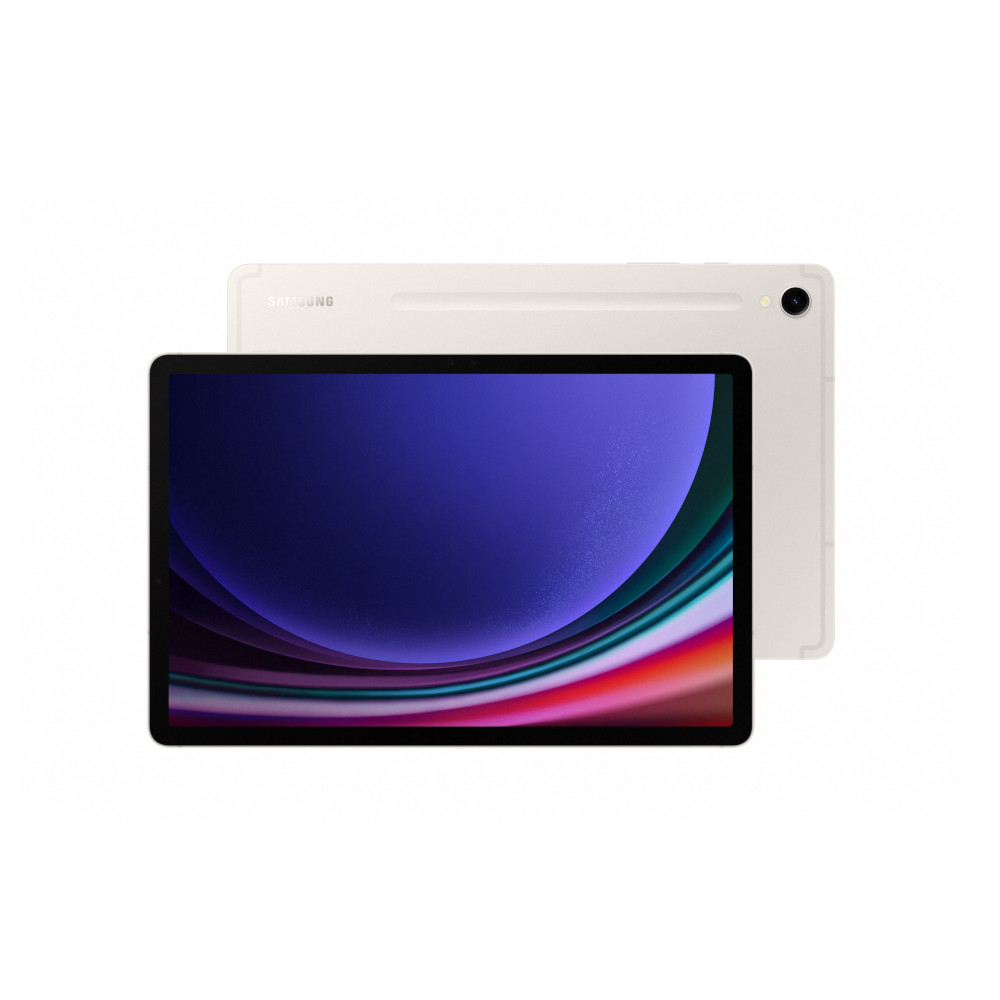
The Galaxy branding also extends to some of Samsung’s laptops. The Galaxy Book line of products focuses mostly on Windows-based laptops with ultra-thin designs and support for Samsung’s stylus, the S Pen. Most recently, the Galaxy Book 4 family headlined this division. Samsung also has dozens of different Windows-based laptops that come in various sizes and price ranges. However, the coolest products it offers in laptops usually have the word “Galaxy” in the name, which is a callback to Samsung phones.
Finally, Samsung also creates Chromebooks, which are laptops powered by Google’s Chrome OS instead of the usual Windows. The Galaxy Chromebook 2 is the most recent flagship machine in this space. For the more frugal buyers, there are many more Chromebooks from Samsung that don’t have the Galaxy branding. These will almost always be cheaper but will come with less-fancy designs and weaker specs.

Attractive QLED display
Good battery life
Samsung wearables
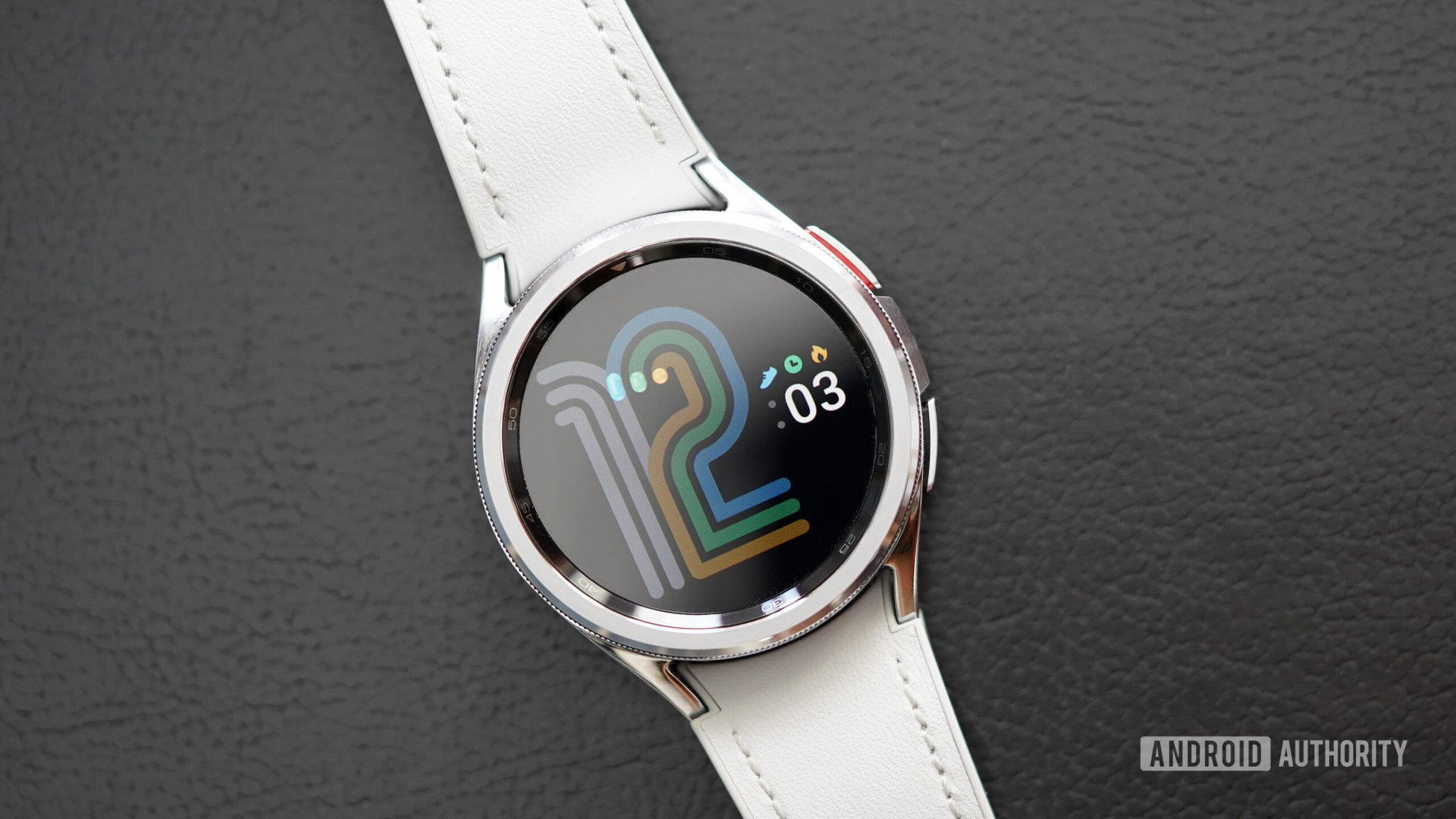
Although the Apple Watch dominates the smartwatch market, Samsung has made strong headway over the past few years. Its most recent offering is the Samsung Galaxy Watch 6, a fully-featured smartwatch with fitness tracking, an ECG monitor, and premium specs. The Galaxy Watch 6 Classic offers the same specs but in a different design, and the older Galaxy Watch 5 Pro offers premium health-tracking services.

Elegant design and build materials
Ships with Wear OS 4
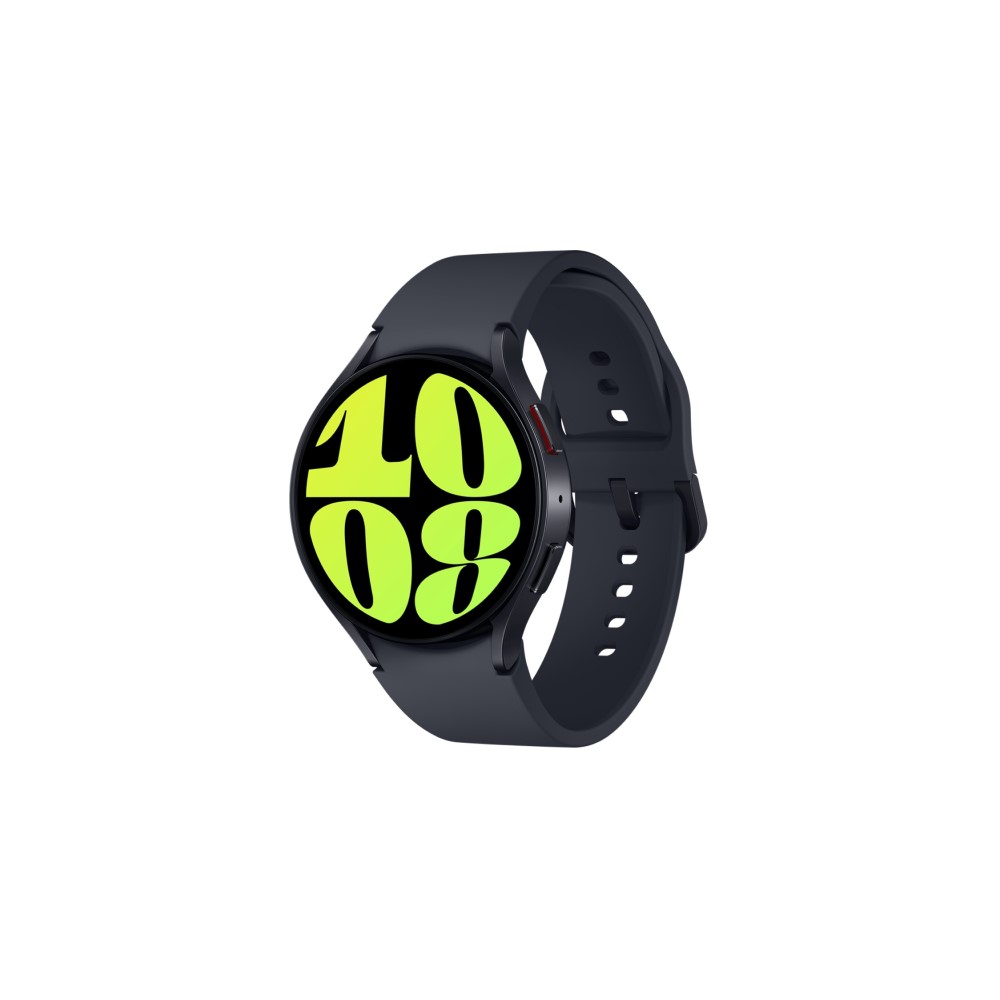
Snappy Wear OS 4 software experience
Sporty yet tasteful aesthetic

Advanced sleep tracker
Fast Charging
Samsung also offers pure fitness trackers, i.e., not a smartwatch. The Samsung Galaxy Fit 2 is an inexpensive way to track your steps, workouts, and other activities.
Earbuds and other Samsung audio products
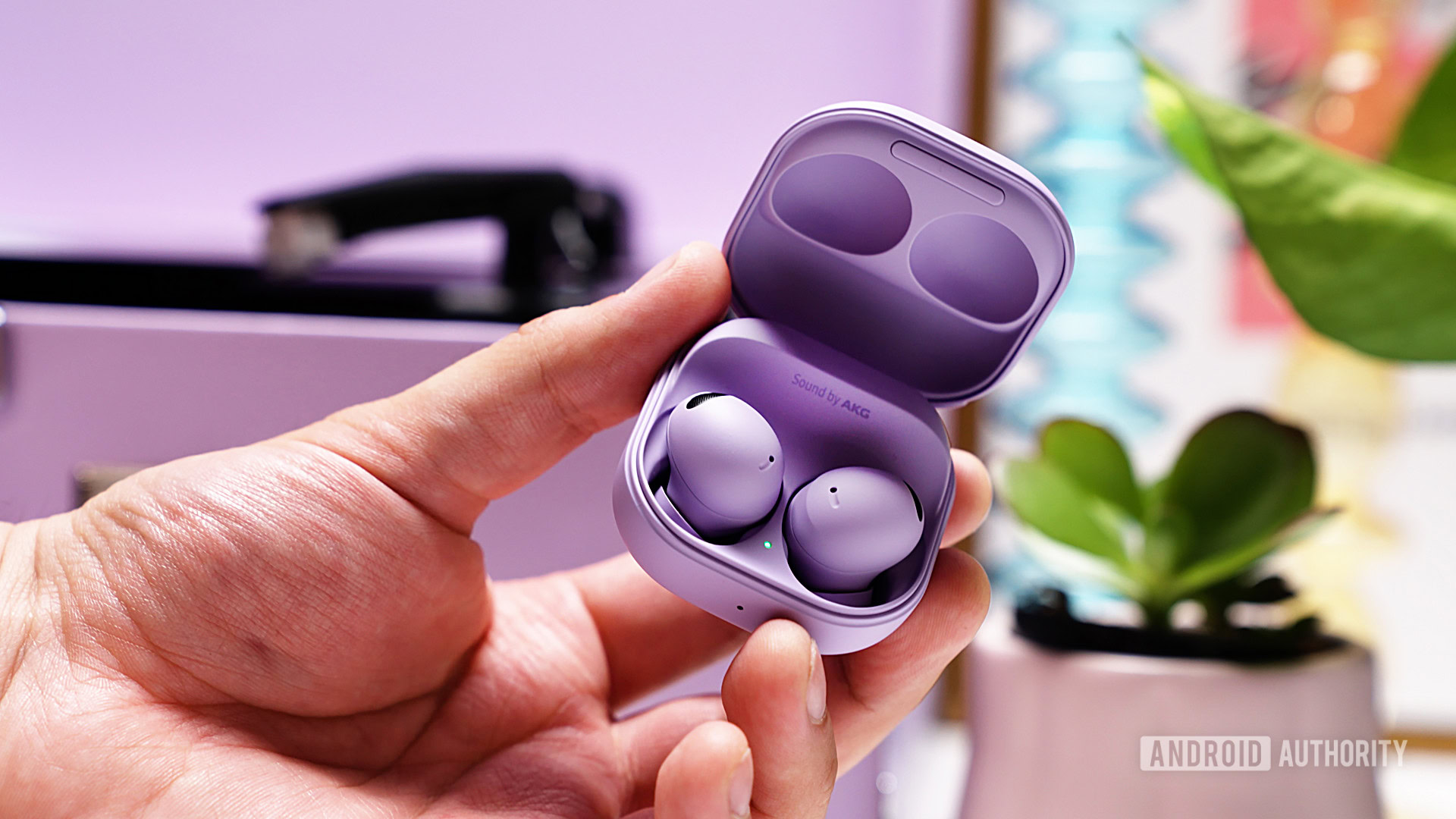
As one would expect, the Galaxy branding most associated with Samsung phones makes its way to Samsung’s headphone products, too. The Samsung Galaxy Buds 2 Pro are currently the company’s highest-end ‘buds. They go up directly against Apple’s industry-defining AirPods.
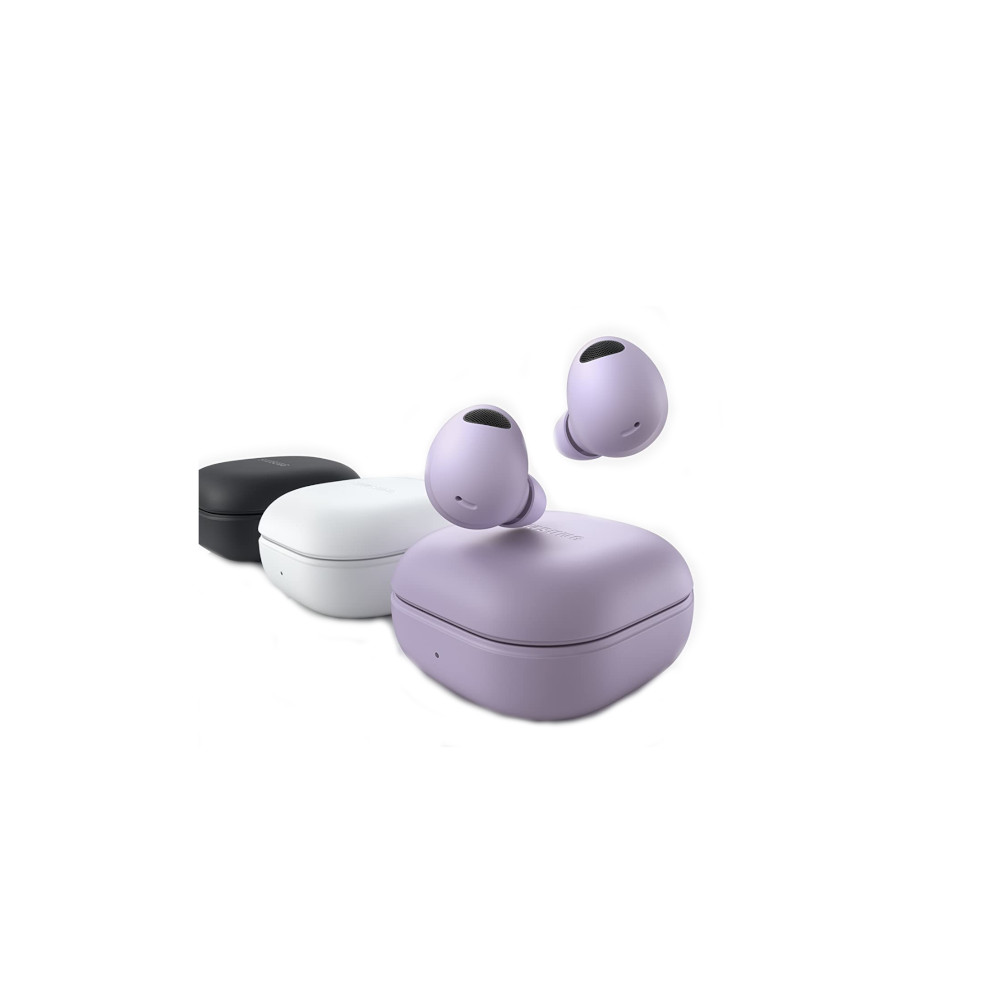

Samsung also offers other audio products through Harman, an audio company that Samsung acquired in 2017. Harman has many sub-brands, including Harman-Kardon, JBL, Bang & Olufsen, and more.
However, the Galaxy branding doesn’t make it to these types of products. Instead, Samsung’s best products in these other categories are branded as AKG, yet another Harman sub-brand. AKG headphones include over-ear, on-ear, and earbud styles, in both wired and wireless categories. However, when it comes to true-wireless earbuds, you’ll need to look for that Galaxy branding to get the good stuff.
Samsung televisions and other home appliances
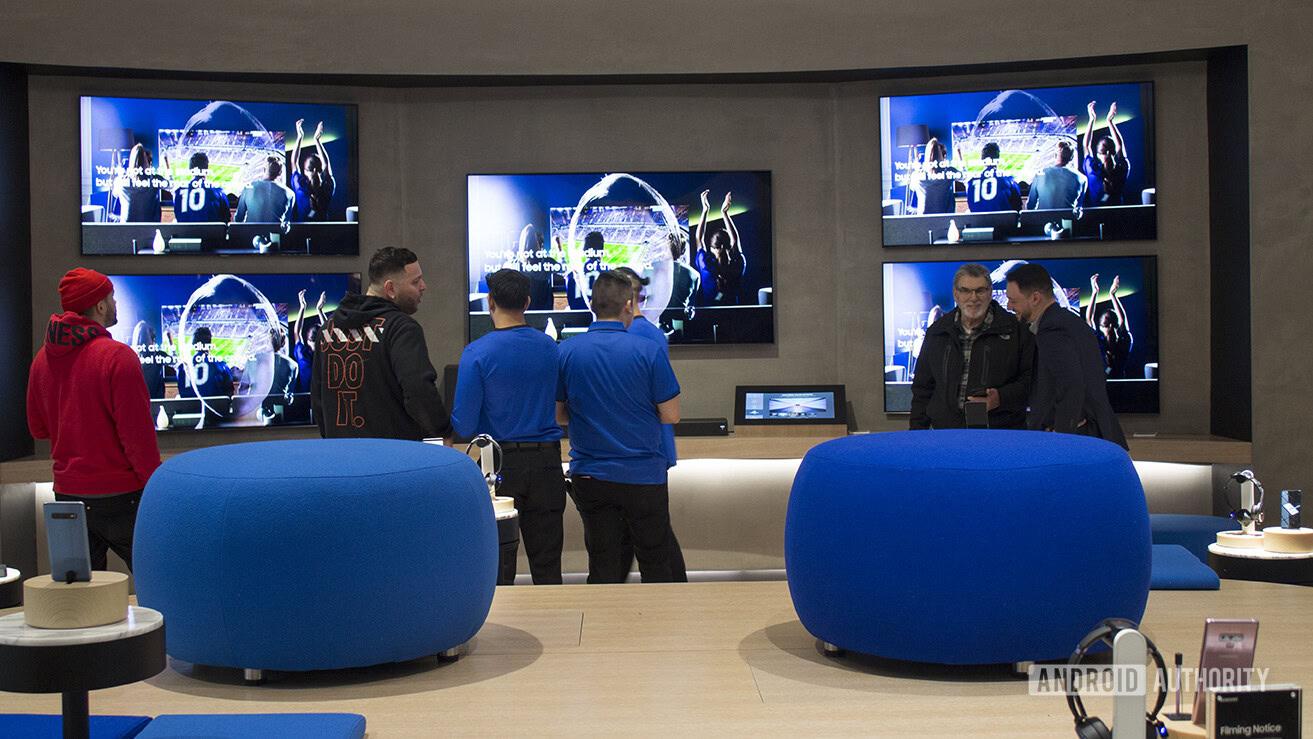
In most places around the world, Samsung dominates the television market. It’s achieved this by offering very high-quality products with some of the best displays available to the general consumer.
Of course, that kind of pedigree makes Samsung TVs some of the more expensive units on the shelf. Still, if you’re looking for the best smart TV you can get, chances are good that a Samsung model will be on the shortlist.
Industrial components: Samsung’s less-visible but lucrative business
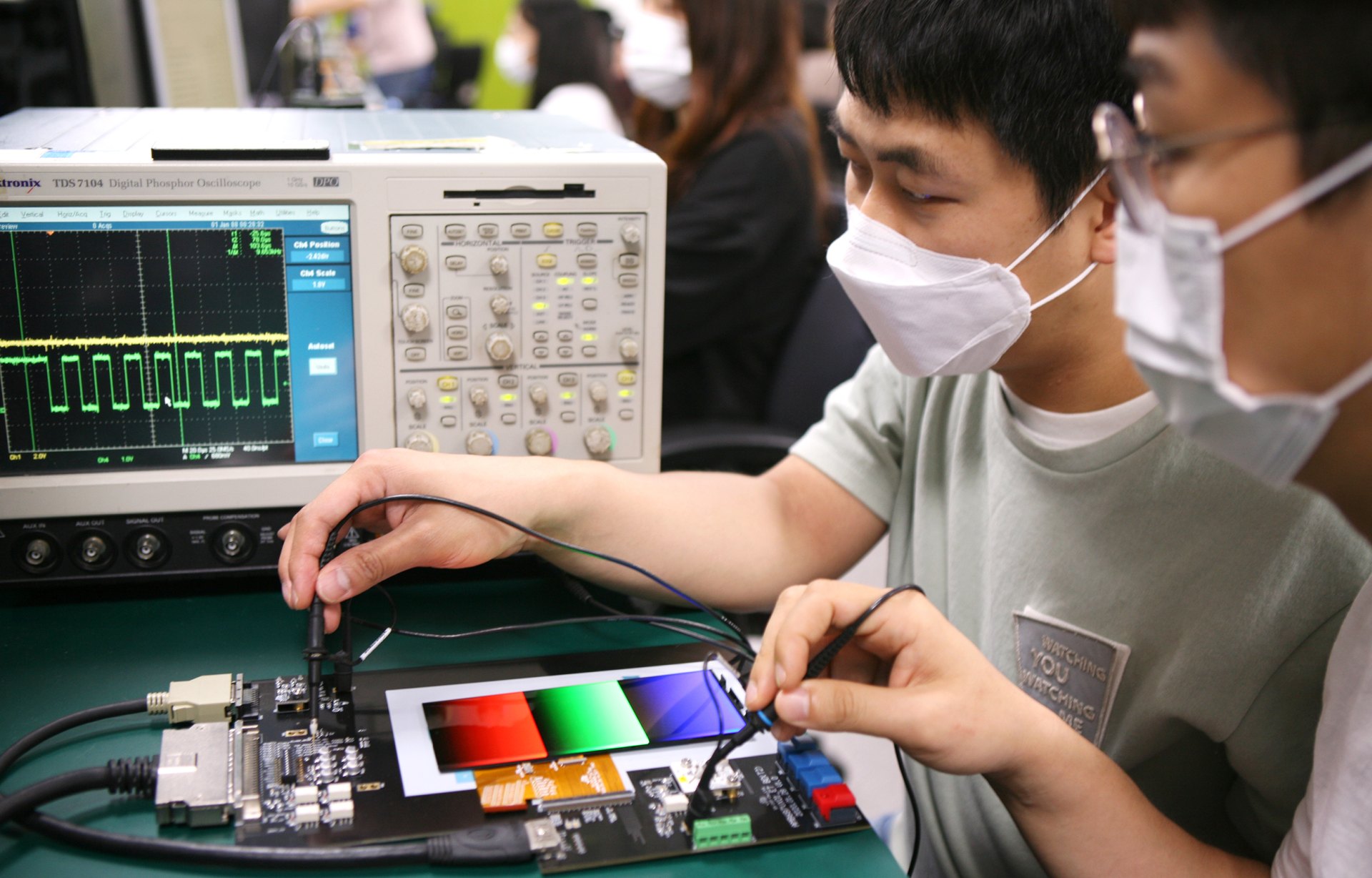
As mentioned earlier, Samsung’s dominance in the electronics industry is partly due to its investments in components. In fact, the company’s semiconductor division has been growing at an astounding rate each year, making Samsung the largest semiconductor company globally since 2017.
Samsung also makes computer components such as hard/solid-state drives and RAM sticks. However, one of its biggest money-makers is display panels. Chances are very high that if you have an OLED smartphone, its display was made by Samsung — and yes, that includes iPhones. In fact, over the past ten years, the overwhelming majority of iPhone displays (and even some of the chips) were manufactured by Samsung.
Samsung phones: Each line explained, from (Galaxy) A to Z
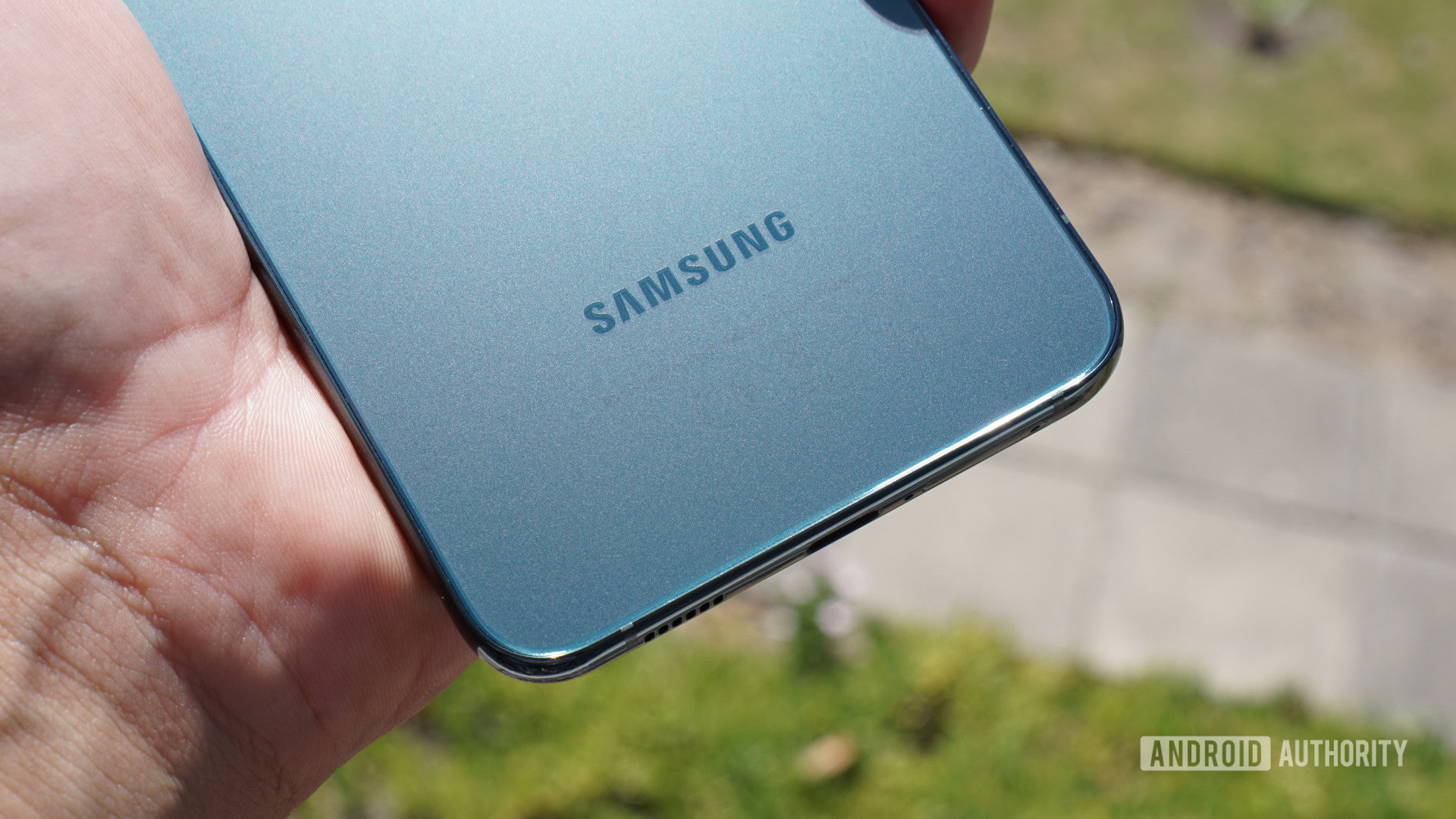
There are five major smartphone lines that Samsung offers. Outside of these, there are also Samsung phones in other categories. For example, Samsung still makes feature phones (i.e., not smartphones) and also creates very niche devices, such as the Samsung W line. We’re not going to cover those here.
Below are the biggest and most important lines from Samsung and what makes each one different!
Galaxy S (2009—today)
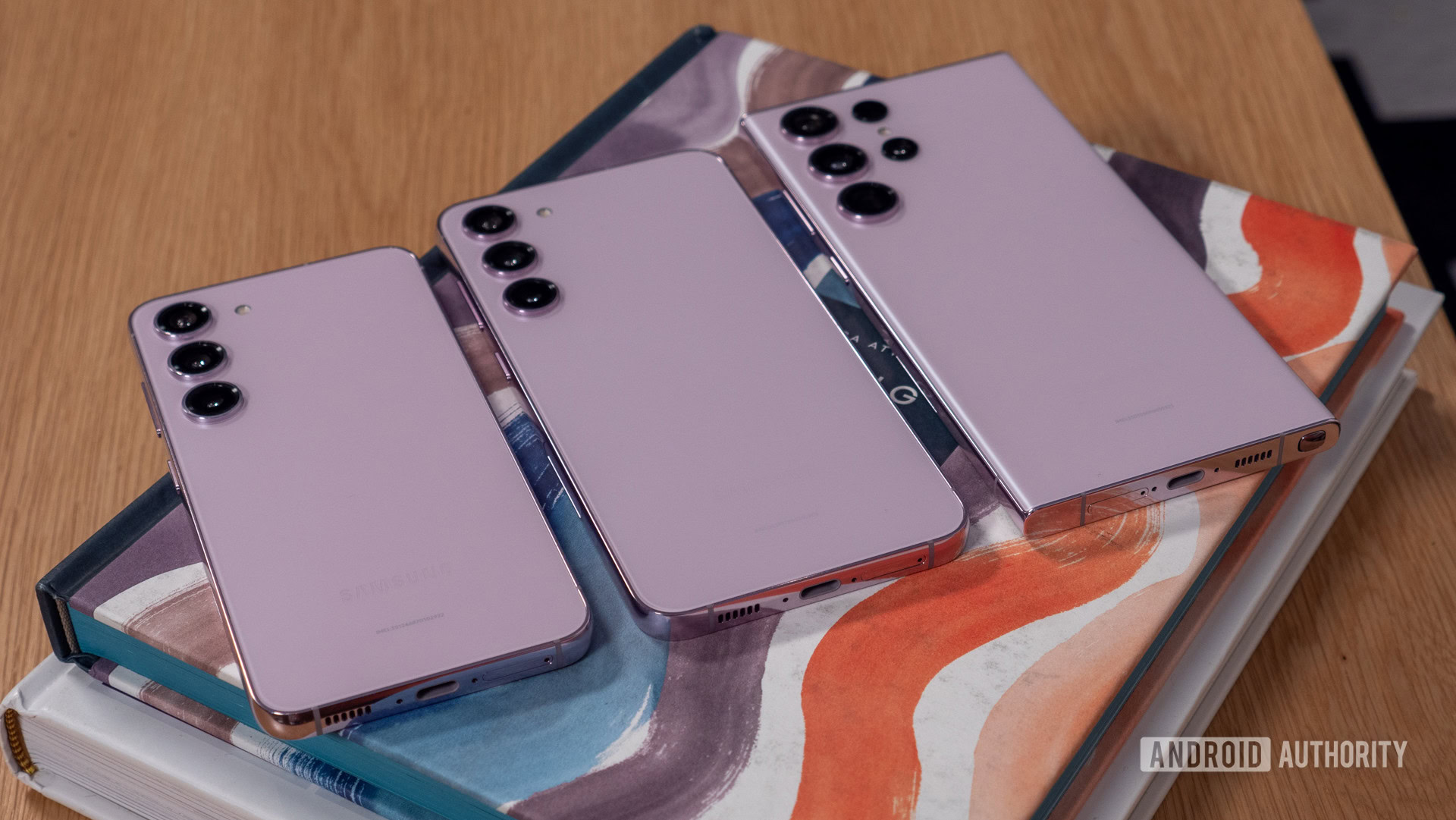
The Samsung Galaxy S line is the crown jewel of Samsung’s mobile division. When it comes to Samsung phones, the Galaxy S line represents the best-of-the-best for the general consumer. Galaxy S phones are usually some of the most powerful phones with one of the best available camera systems when they launch.
In 2023, the Samsung Galaxy S23 series launched as the company’s highest-profile release of the year. Included within that family are the Samsung Galaxy S23, Samsung Galaxy S23 Plus, and Samsung Galaxy S23 Ultra. Obviously, the Ultra is the biggest and most powerful of them all (and also the most expensive).

Snapdragon 8 Gen 2 power
Bigger battery

Beautiful display
S Pen functionality
One of the ways Samsung differentiates the Galaxy S line from competitors’ phones is by working with chipset maker Qualcomm to bring the latest mobile processor to the line. To that end, the Samsung phones in the Galaxy S family are almost always the very first devices to hit the global market with the flagship processor of that year.
There hasn’t been a year over the past decade that a Galaxy S phone wasn’t at least a contender for the best smartphone of the year. In fact, the Galaxy S23 Ultra won our 2023 Reader’s Choice Award for the best overall smartphone. The phones are usually some of the best-selling devices of the year as well, with the Samsung Galaxy S4 still being the best-selling Android phone of all time.
Simply put, if you want the best Android has to offer, there aren’t many Samsung phones that will top the latest Galaxy S product. They’re sleek, incredibly powerful, and priced in such a way that they’re always just a little bit cheaper than comparable iPhones.
Galaxy Note (2011—2020)
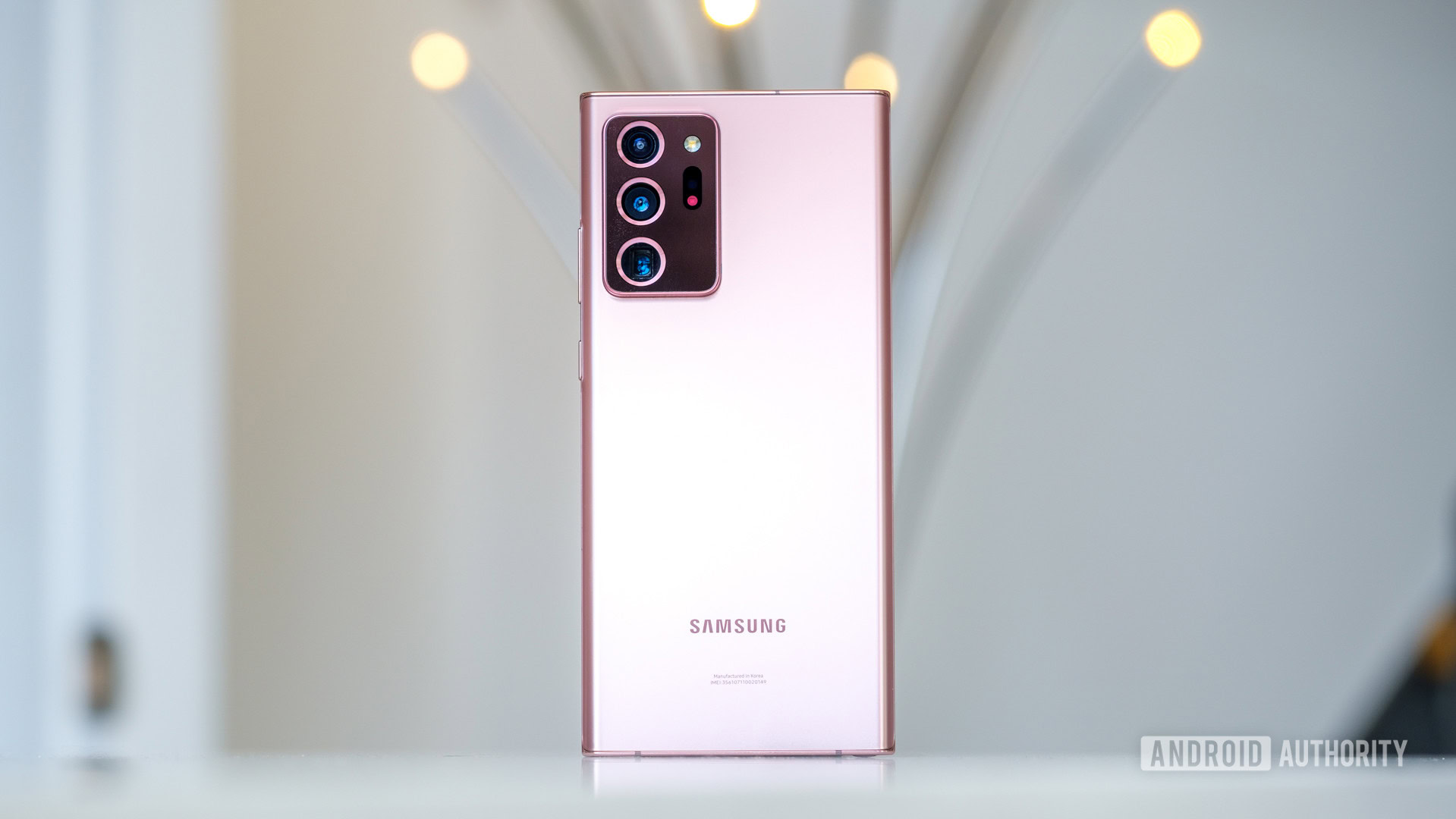
Originally, critics mocked Samsung’s Galaxy Note line. The idea of making an enormous smartphone with a built-in stylus seemed crazy, but Samsung’s commitment to the Note line paid off. Over time, the Galaxy Note line became synonymous with words like “elite” and “premium.”
In those early days, the Galaxy Note line was different from the Galaxy S line by size, specs, and design. In the late 2010s, the two lines blurred over into each other quite a bit. Today, the two phone series have finally become one, as the Note name has been retired, and the S23 Ultra takes its place as Samsung’s flagship phone for power users.

The final devices in the Note series were the Samsung Galaxy Note 20 and Samsung Galaxy Note 20 Ultra. Samsung opted not to release a Galaxy Note 20 Plus in 2020. The Galaxy Note 20 series carries many of the same specs as the Galaxy S20 series and even upgrades a few specific aspects. However, the design and features of the Galaxy Note 20 family are more catered to power users and might be off-putting to the general consumer.
Galaxy Z (2019—today)
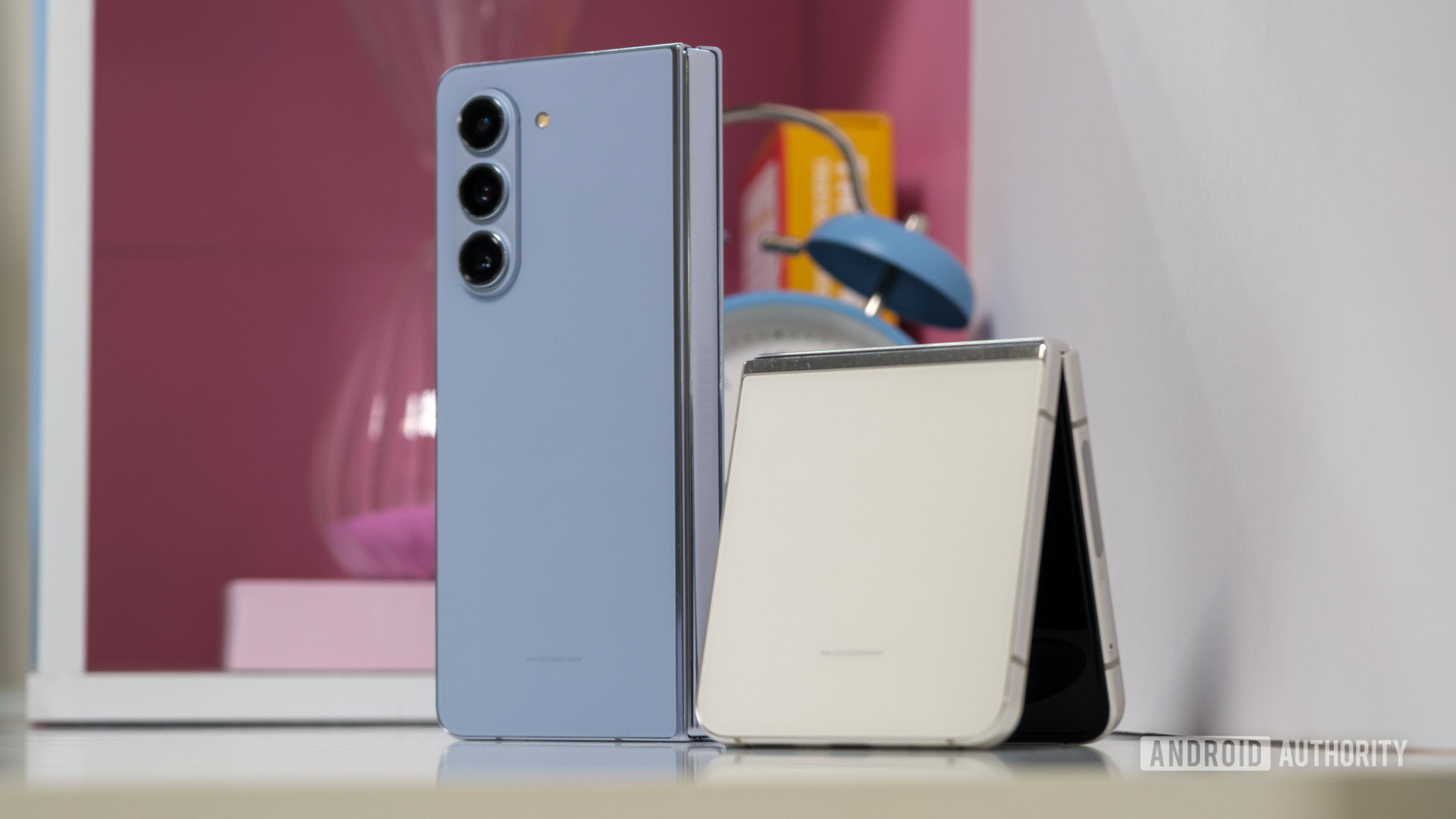
The Samsung Galaxy Z series is the most recent addition to the Galaxy family. This is where all the Samsung phones with foldable displays live. Technically, the first phone in the line is the Samsung Galaxy Z Flip, but the Samsung Galaxy Fold has basically been retconned as the progenitor of the series, even though it didn’t have the “Z” in its name.
Regardless, if you see “Galaxy Z” attached to a device, that means it has a foldable display. Since the smartphone industry has matured at this point (i.e., growth of the overall industry is stagnant), companies will need to innovate ways to create user demand for new types of products. Samsung is betting big that foldable phones are the future.
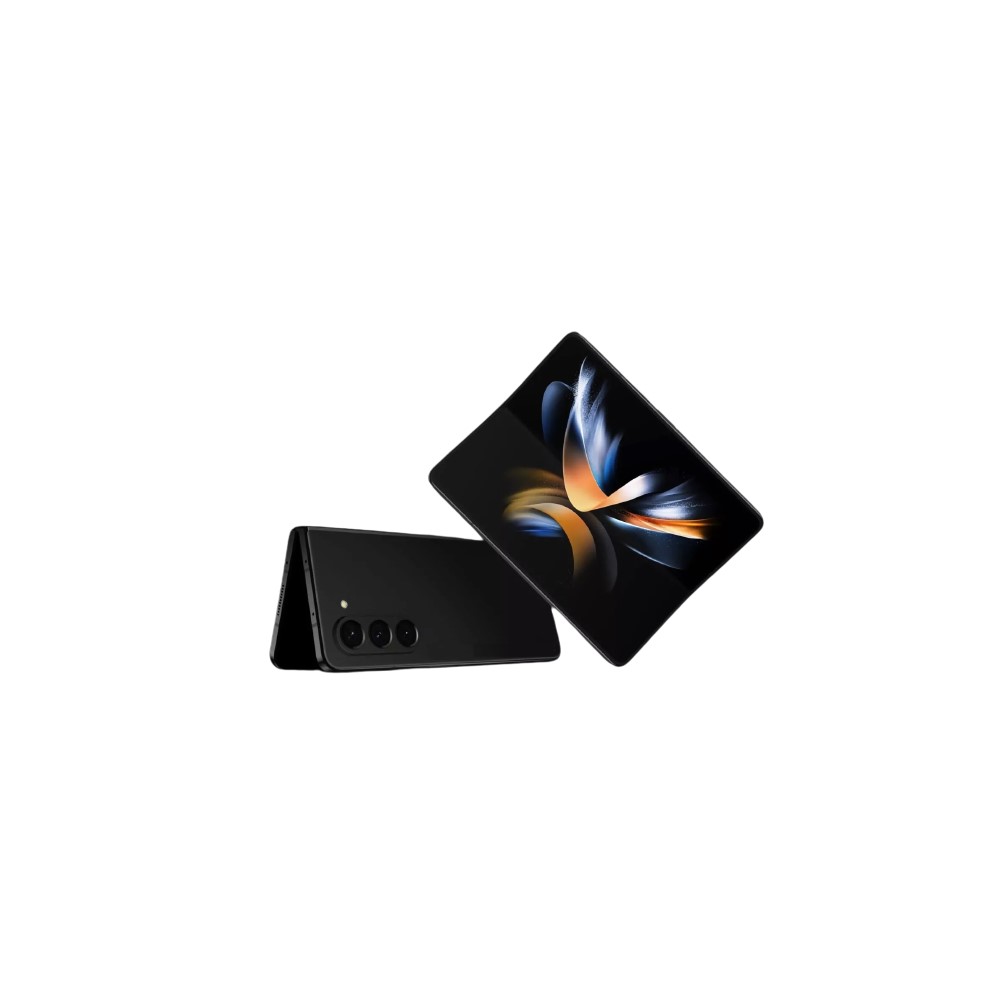
Bright, vibrant displays
Powerful multitasking features
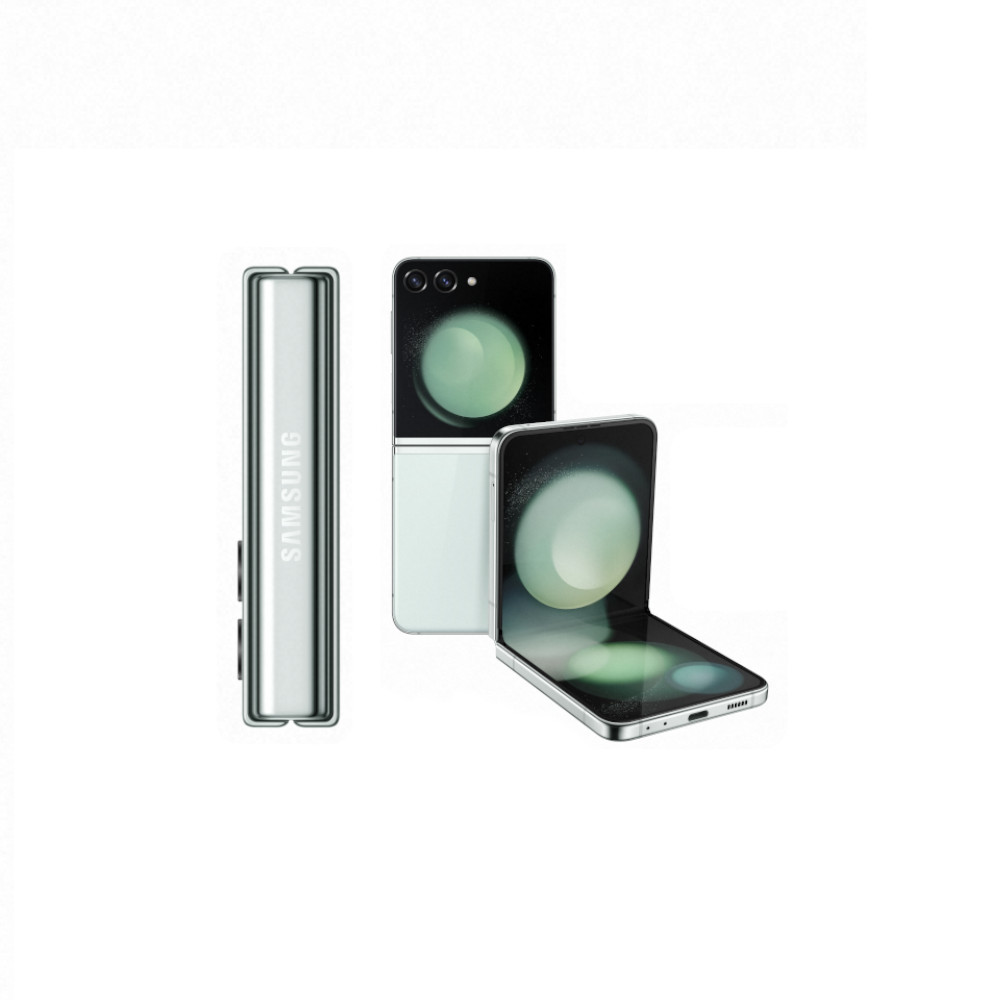
Excellent build quality
Solid rear cameras
As of now, there are two types of foldable Samsung phones. The first is a phone that starts out looking like a “normal” phone and then unfolds like a book to become something more akin to a tablet. This is what the most recent Samsung Galaxy Z Fold 5 does. The second design is similar to the flip phones of yesteryear, where a folded-up device opens into a normal-looking phone. This is what the latest Galaxy Z Flip 5 does.
Since the technology related to foldable phones is so new, the durability of these devices is not truly understood. Also, the phones tend to be very expensive due to all the advanced manufacturing processes necessary to create them. However, Samsung thinks they are the future, so the Galaxy Z line is where you need to go if you want to be on the cutting edge.
Galaxy A (2014—today)
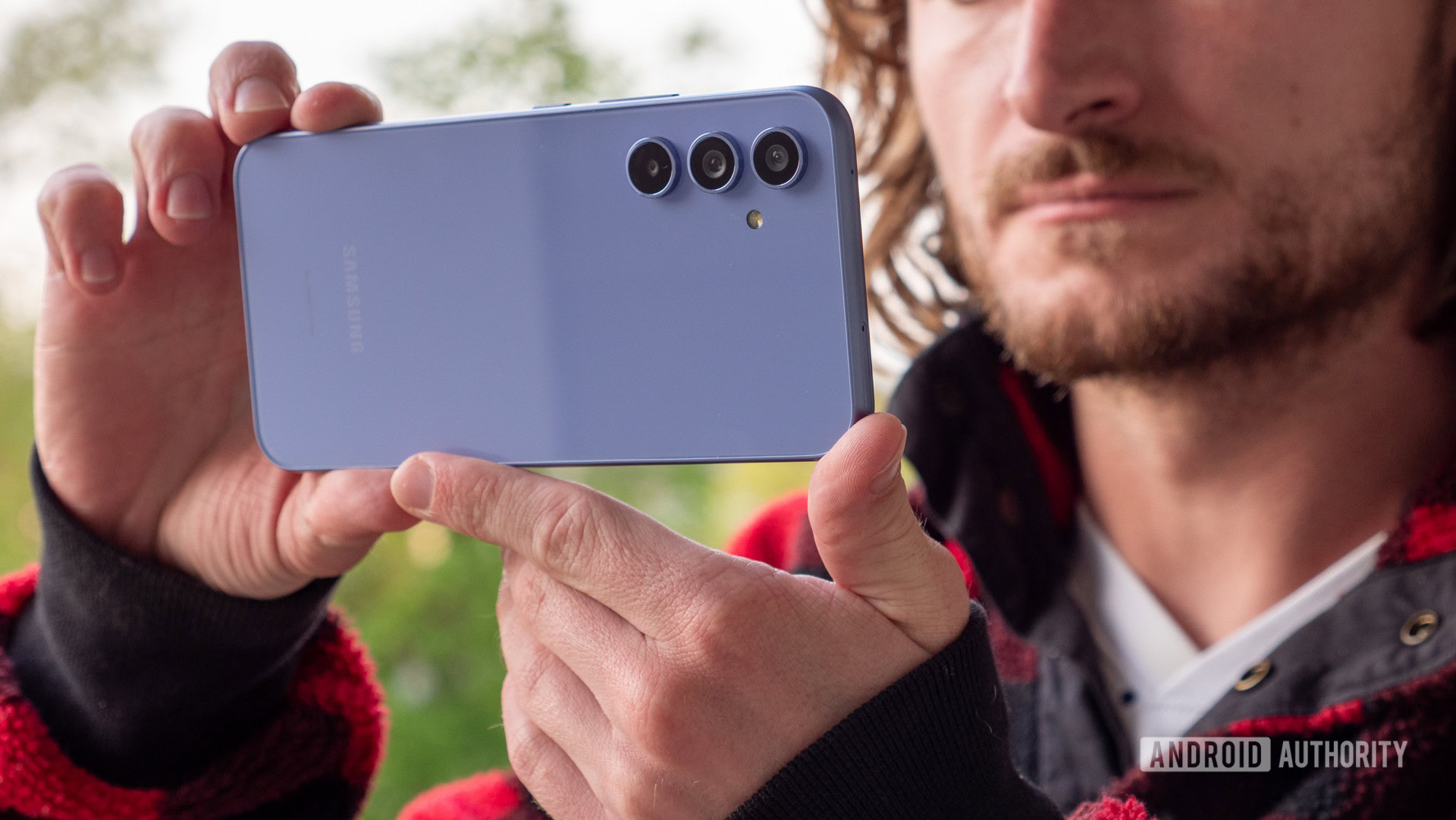
Not everyone can afford the very expensive phones in the Galaxy S and Galaxy Z families. That’s where the Samsung Galaxy A line comes in. In general, Samsung phones you find in the Galaxy A family have weaker specs and lower-quality camera systems when compared to their higher-end siblings. However, they usually have more interesting designs and, most importantly, lower price tags.
Recently, several phones within the Galaxy A series have become some of the best-selling Android devices worldwide. This has given Samsung the push it needed to put more effort into delivering good phones at good prices. Previously, Samsung all but ignored this market, putting most of its efforts on the high-profile Galaxy S and Galaxy Note series.
The Galaxy A54 is probably the most popular here in the US since it offers a ton of value, even with higher-end features such as a decent camera and an extended update promise.
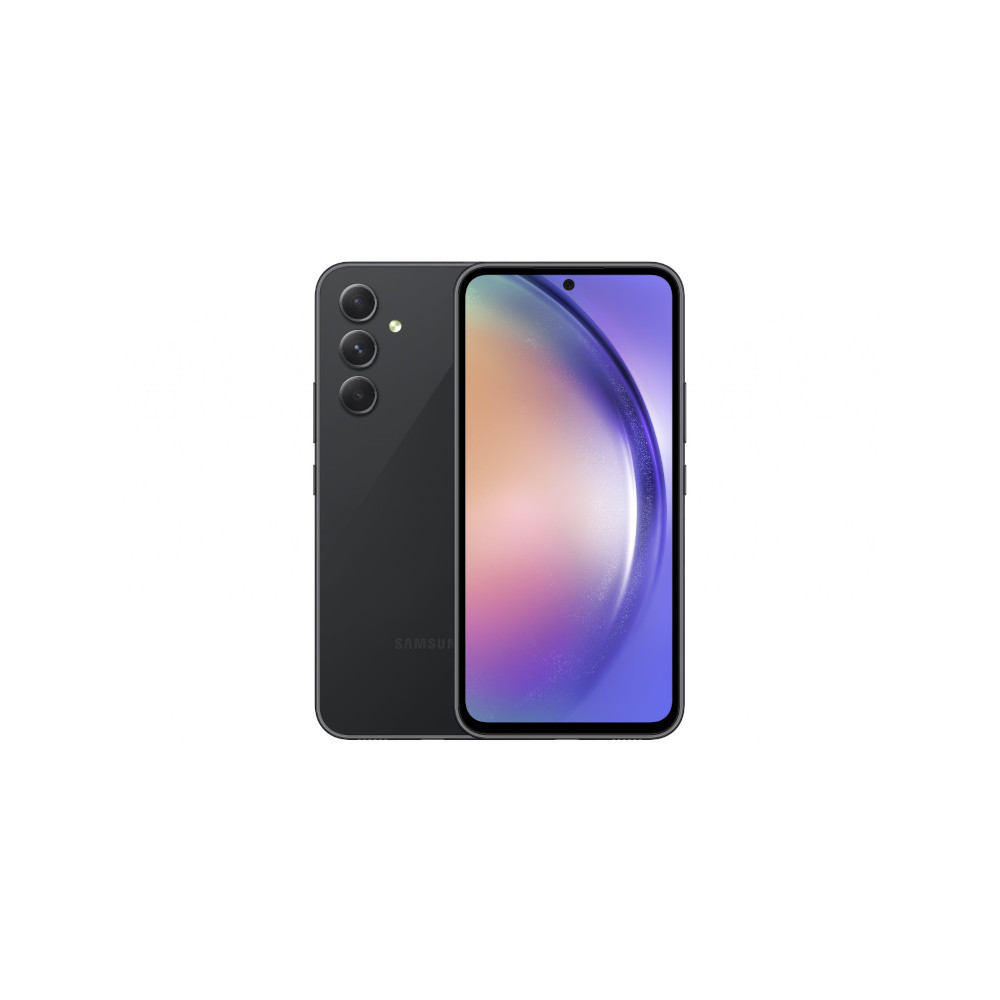

Depending on where you are in the world, you might have more (or fewer) Galaxy A phones available to you. Samsung takes a highly regionalized approach to Galaxy A phones, so you’ll need to consult your carrier or localized version of Samsung.com to see what’s available.
Galaxy M (2019—today)
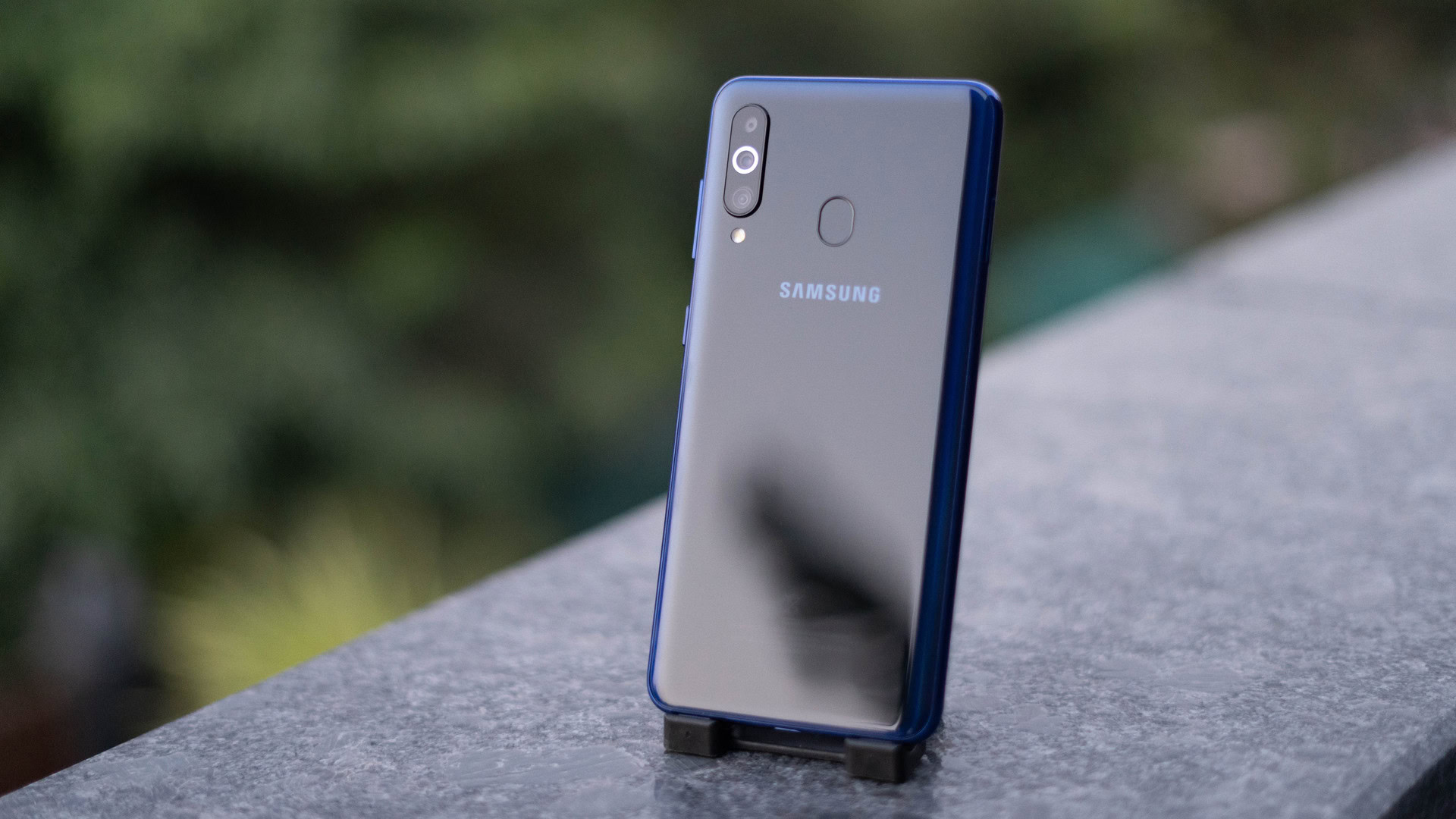
This last line of Samsung phones caters specifically to the Millennial consumer. Galaxy M devices are unique in that they are only available online and are priced and designed in such a way as to be appealing to a younger audience with a tighter budget.
As far as specs and design go, the Galaxy M line is very similar to the lower-end devices in the Galaxy A family. The phones are usually pretty cheap, with just enough power to appease the average user, such as the Galaxy M53. In that vein, they are perfect for students on a budget or young travelers who don’t want to worry about losing or breaking a $1,000 smartphone.
Samsung doesn’t make the Galaxy M line available to United States buyers.
What sets Samsung phones apart from competitors?
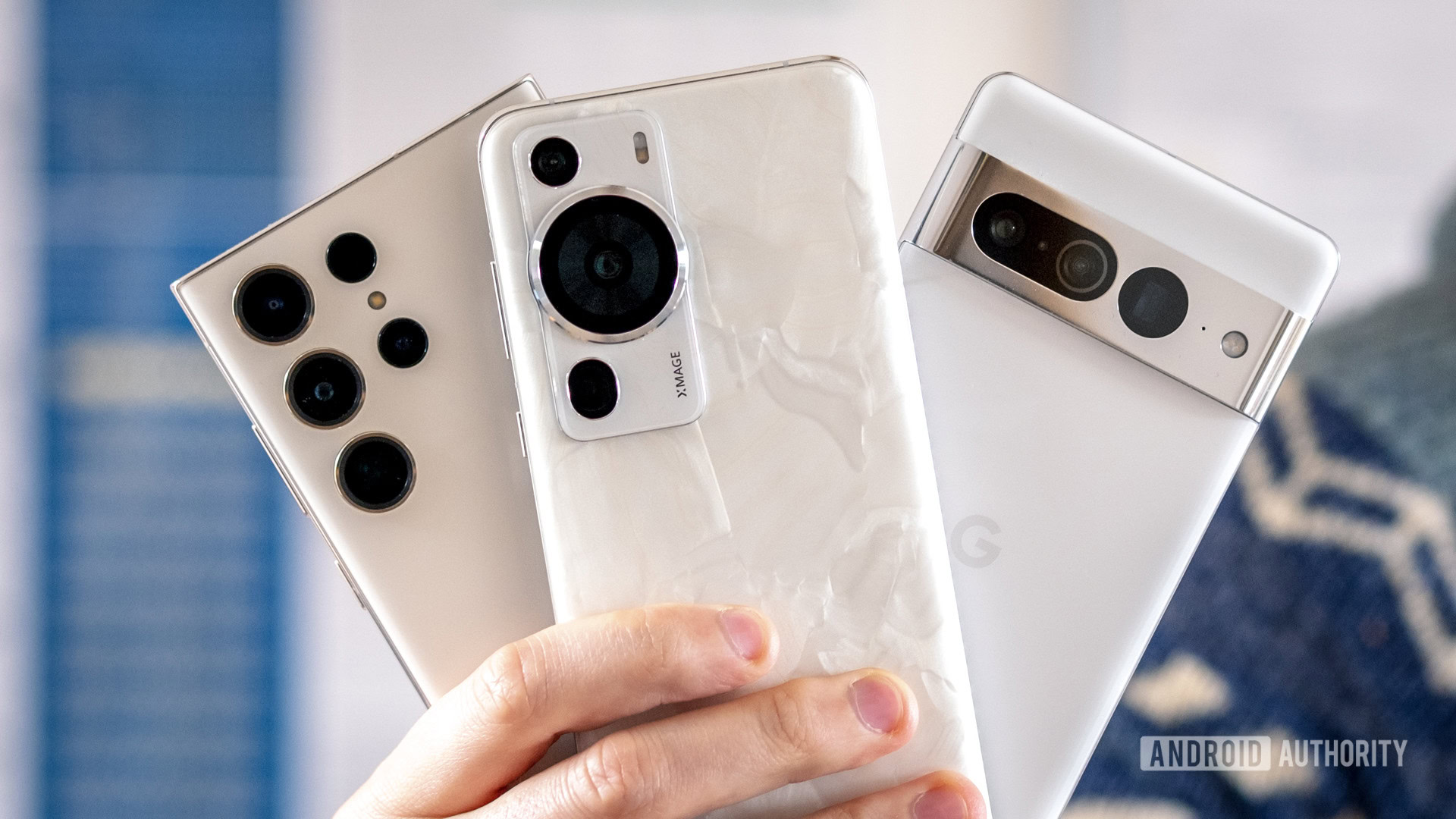
On the one hand, Samsung’s brand recognition alone likely sells a huge portion of its devices. When you are one of the biggest companies in the world, it’s not hard to sell your products. However, simple brand recognition isn’t enough, and there are a few things that make Samsung phones distinct from the competition.
Global availability
Wherever you might be in the world, it is likely incredibly easy for you to buy Samsung phones. Some areas might not see the latest models as quickly as others, but there are very few places on Earth where you can’t get something from Samsung. If you’re curious about where Samsung makes its phones, they are mostly made in Vietnam, although the main designs originate in South Korea.
Global availability is a big deal as it gives Samsung a leg-up over some competitors with highly regionalized products. Many Chinese manufacturers — including Xiaomi, OPPO, HONOR, and more — have no presence in the United States, for example. HUAWEI has been outright banned in the States, but you can find Samsung phones anywhere. Since Samsung is pretty much everywhere, getting phones — and finding service, accessories, and components for those phones — requires very little effort.
Wide-ranging portfolio
The five lines of Samsung phones discussed in the previous section give you an idea of just how varied Samsung’s portfolio is. If you only want to spend $180 on a new phone, there’s a Samsung Galaxy A device for you. If the price is no issue and you want to be on the bleeding edge, the Samsung Galaxy Z Fold 5 is your $1,800 dream machine.
In general, no matter how much you have to spend, there’s a Samsung-branded smartphone that will cater to your needs.
Of course, this also has a downside, which is brand confusion. The fact that we need to explain the differences between the five different Galaxy lines means that Samsung’s huge portfolio is simultaneously a great strength and a great weakness.
Carrier partnerships
Here in the US, there are three major wireless carriers (Verizon, AT&T, and T-Mobile). Each of those brands has sub-brands (Visible, Cricket, and Metro by T-Mobile) and MVNOs that operate on those companies’ networks. Every single one of them carries Samsung phones. It’s a similar story in other places around the world.
Because Samsung has all these carrier partnerships, pretty much anyone can buy Samsung phones without even needing enough money to pay in full. Carriers offer payment plans, trade-in discounts, and promotional pricing that can save buyers hundreds of dollars.
Not only that, but carrier partnerships provide buyers a place to go to get help and service for their Samsung devices.
Support
Although no company’s aftersales support is perfect, Samsung generally has a good reputation for helping customers with problems. Obviously, some people may have bad experiences and swear off the company, but Samsung’s track record has proven to be above par when compared to other brands of its size. If you are the kind of person who wants to be sure they can count on the manufacturer to give good support after a sale, Samsung will be fairly reliable.
Dex
A star feature of flagship Samsung phones is a desktop-like interface called Dex. Essentially, you connect your smartphone to a monitor of some kind (or lapdock) and then use a Bluetooth mouse and keyboard to use your phone as if it were a desktop. The Android interface becomes very Windows-like when in Dex mode. This is a really cool feature and something that not too many other brands offer.
Accessories
Since Samsung creates so many different electronic products, it should be of little surprise that it also has a very healthy offering of accessories for its phones, laptops, wearables, etc. Not only that, but since Samsung is so popular, tons of third-party companies create cases, adapters, carrying systems, etc., for Samsung products. In general, if you own a flagship Samsung phone, you will not have difficulty finding accessories for it.
The greatest moments in the history of Samsung phones
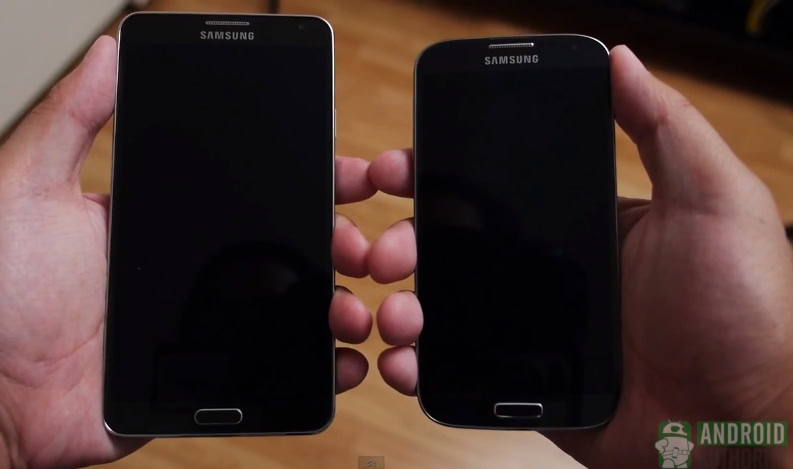
Samsung didn’t become the world’s largest smartphone maker overnight. It was a long, difficult climb, but it was smart enough to make some incredible moves that helped cement its status as a leading brand. Below, we’ve detailed four of the times when the company nailed it out of the park and have gone on to become hallmarks of its legacy.
Samsung Galaxy S4 sets records that may never be broken
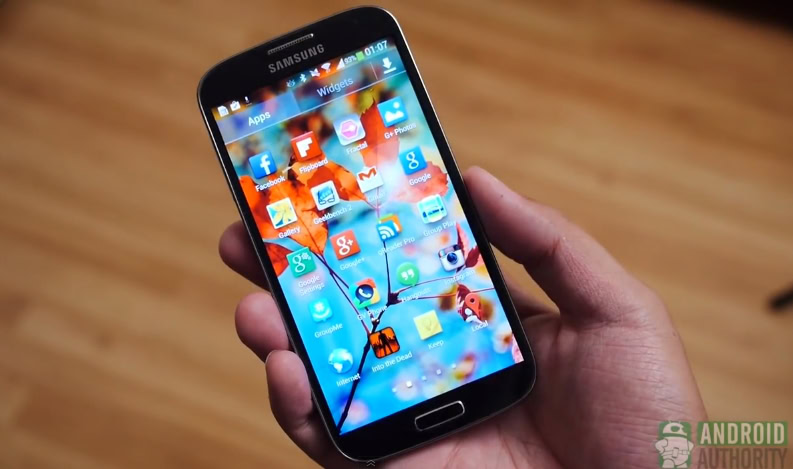
The Galaxy S4 is the best-selling Android phone of all time.
However, all of those phones still didn’t sell as well as the Samsung Galaxy S4. With over 80 million units sold, the Galaxy S4 isn’t just Samsung’s best-selling smartphone but the best-selling Android smartphone in the platform’s history. It is unlikely it will ever lose that crown.
This is one of those rare situations where the hype was justified, too, as the Galaxy S4 was a monster of a phone. At the time, it was incredibly powerful and pretty reasonably priced for what you got. Along with the other devices in the Galaxy S line to that point, the Galaxy S4 helped cement the idea that Android would be the mobile operating system of choice for most of the world.
The first Samsung Galaxy Note changes the game
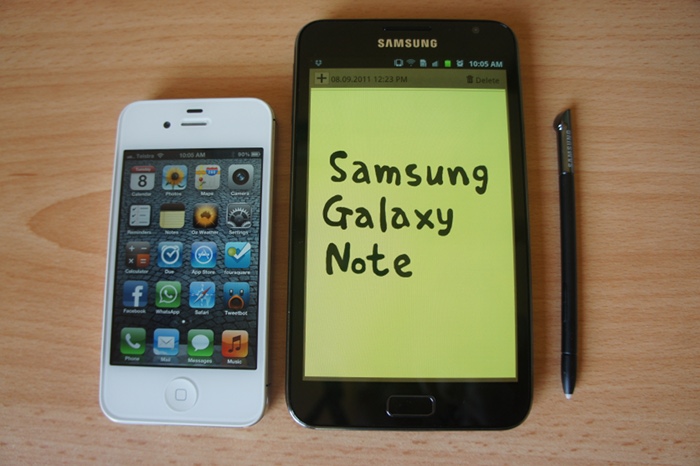
Before the first Galaxy Note, Samsung phones were sized comparably to iPhones. The phones in the Galaxy S line were a little bigger, sure, but the idea of a giant smartphone was ridiculous to even think about at the time.
The Galaxy Note single-handedly changed the entire smartphone industry.
Samsung audaciously defied that sensibility with the launch of the Samsung Galaxy Note in 2011. The phone seemed enormous compared to other phones on the market, which made most assume that the phone would flop hard. However, it was a runaway success and helped herald the idea that phones don’t need to be a specific size for consumers to want them.
Without any hyperbole, the reason smartphones look the way they do today can be directly attributed to the success of the first Note. It’s up to your personal taste whether that’s a good thing or a bad thing, but the Note represents one of the times that Samsung changed the entire industry.
The debut of One UI
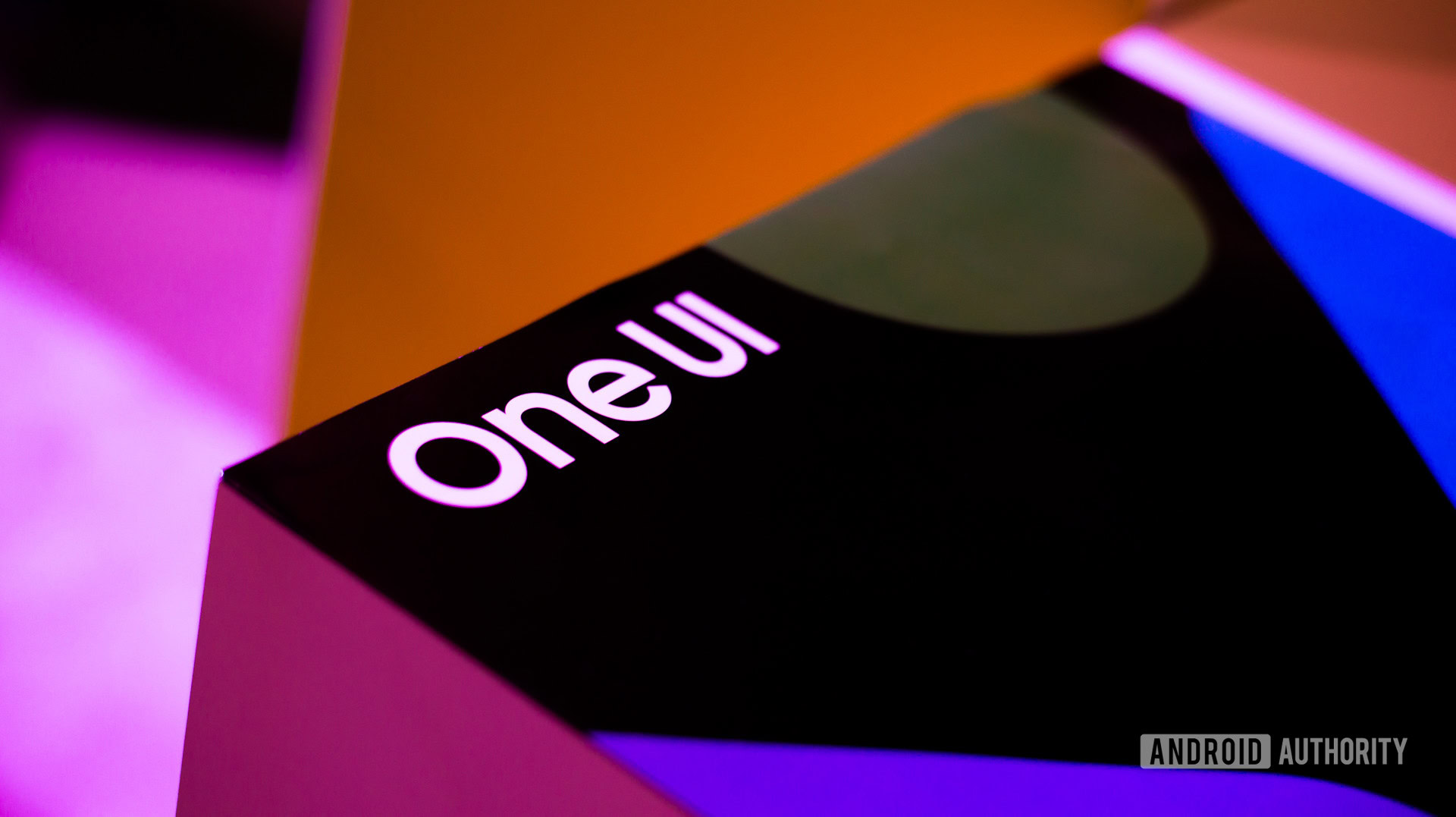
Very few Android phones ship with the stock version of the operating system. In an effort to help “brand” phones, manufacturers will create their own versions of Android — called “skins” — that will add new features and look very different from the stock version. Samsung’s first try at an Android skin was known as TouchWiz.
One UI helped to erase all the negativity surrounding the original TouchWiz.
TouchWiz is not remembered fondly. It was ugly and cartoonish and stood in stark contrast to the simple and elegant design of iOS at the time. Eventually, Samsung refined TouchWiz and created Samsung Experience, which was much better. However, it wouldn’t be until 2018 that Samsung would strike gold with the debut of One UI, which succeeded Experience.
One UI is a more refined way of using Android and offers a more aesthetically pleasing experience. It’s also faster and smoother than previous Samsung skins, with less so-called feature creep (the expansion of features that start to hinder the user experience rather than help it).
To make a good thing even better, since the debut of One UI, Samsung has gotten much better at releasing Android updates. There have been multiple months in which Samsung flagships received the latest Android security patch even before Google Pixel phones did. One UI may not be everyone’s perfect Android skin, but it is easily one of the best.
Samsung Galaxy Z Flip: A foldable marvel
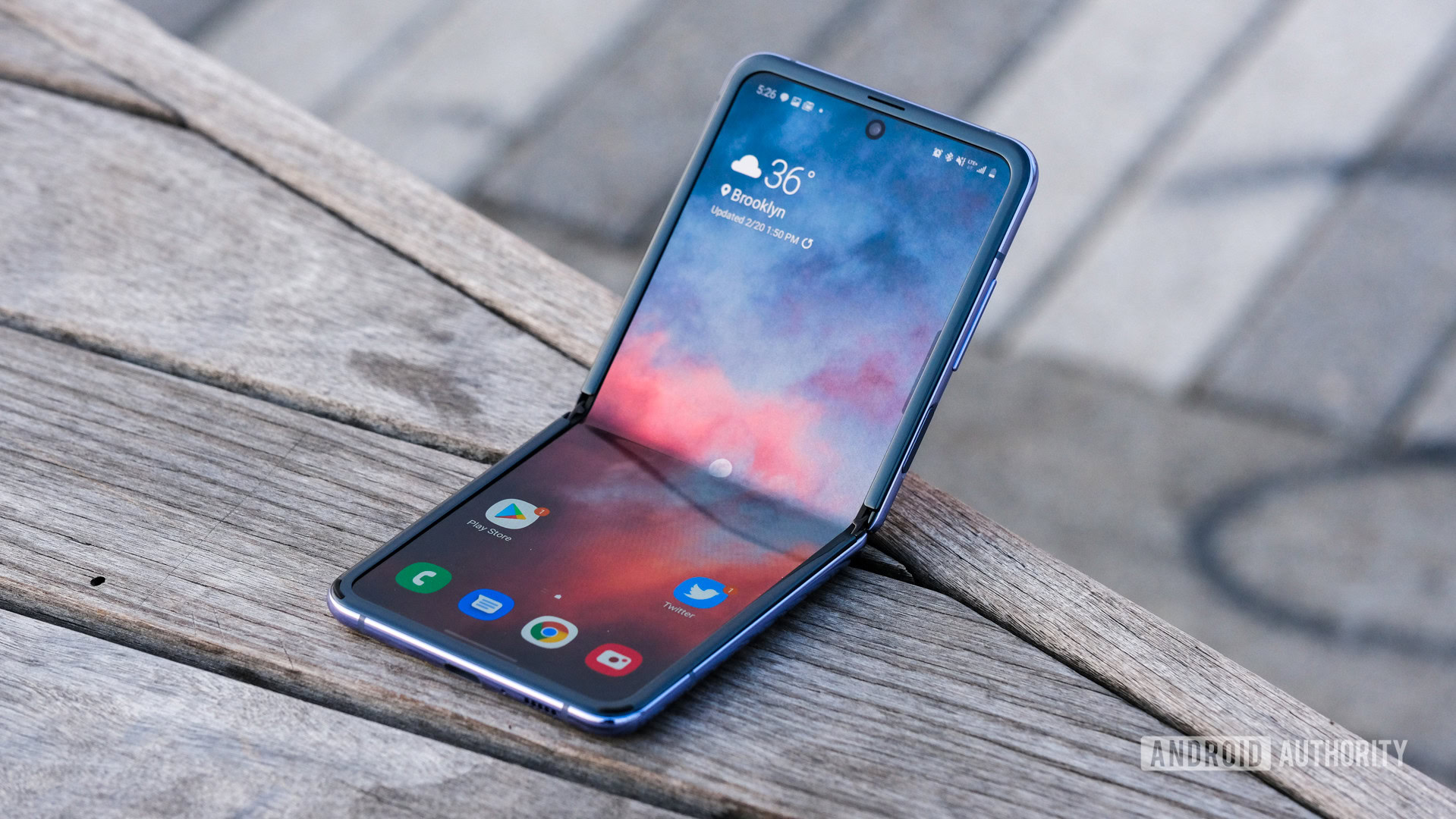
As mentioned earlier, Samsung is betting big that foldables are the future. Unfortunately, that confidence didn’t translate well to the launch of the first Samsung phone with a foldable display, the Samsung Galaxy Fold. That launch was a disaster, and we’ll touch on it more in the next section.
The successful launch of the Galaxy Z Flip proved that foldables are a viable product.
By contrast, the Samsung Galaxy Z Flip was an unbridled success. Not only was the phone launch itself much smoother, but the reviews for the device were mostly positive. We here at Android Authority thought it was an incredibly fun device and a solid representation of where we think foldable phones can go.
If nothing else, the Galaxy Z Flip acted as a successful proof-of-concept. Samsung launched the phone, and it was received well by both critics and consumers. As simple as that sounds, that alone put the company in a better position than any other company investing in foldables at the time. If Samsung is right and foldable phones are the future, it will be at the forefront of that future.
The not-so-great moments in Samsung’s history
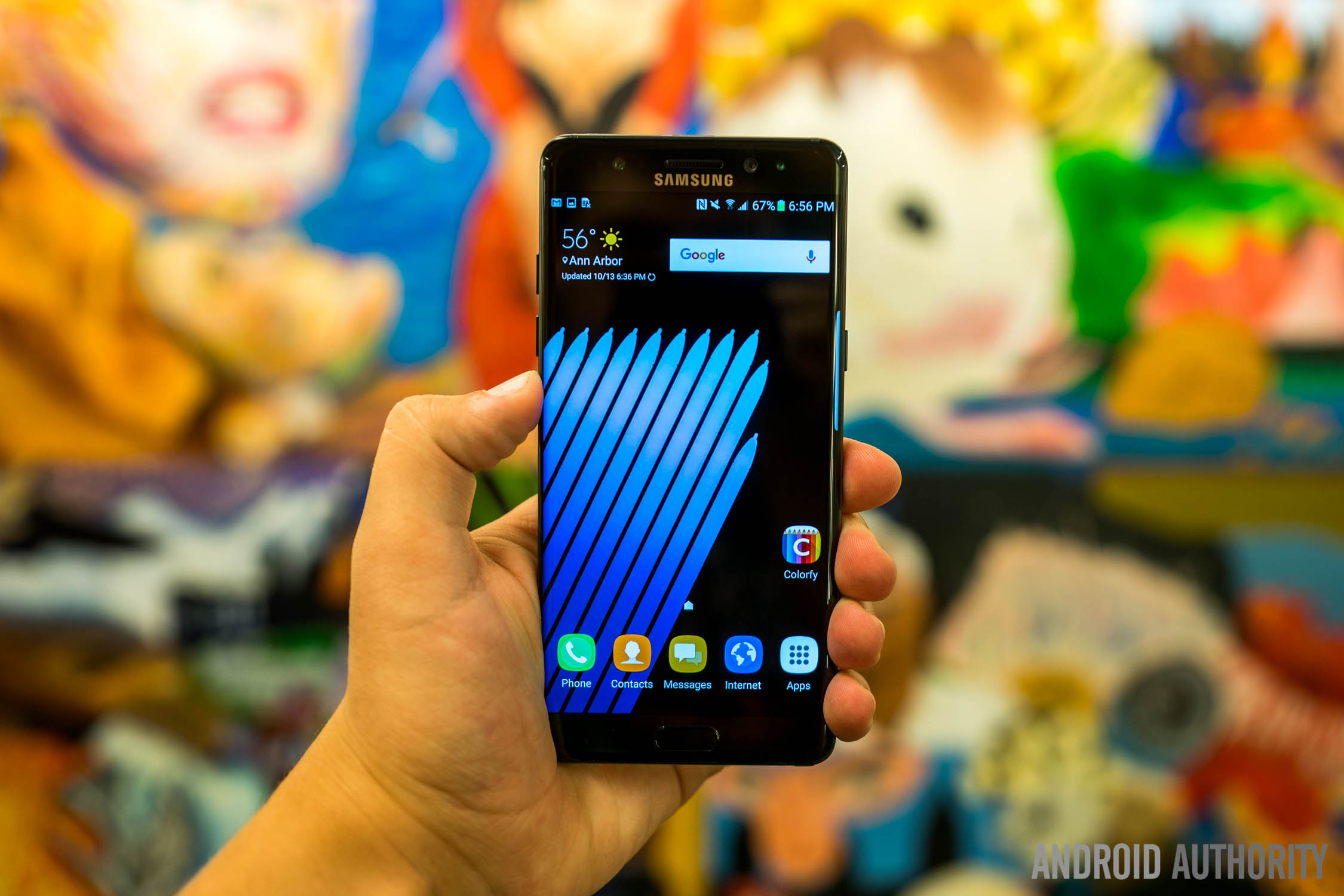
Samsung might be one of the biggest electronics companies in the world, but you don’t get to the top without stumbling a few times along the way. Below you’ll find five times when the company completely missed the mark with a product or business decision.
Samsung Galaxy S6: Fixing what wasn’t broken
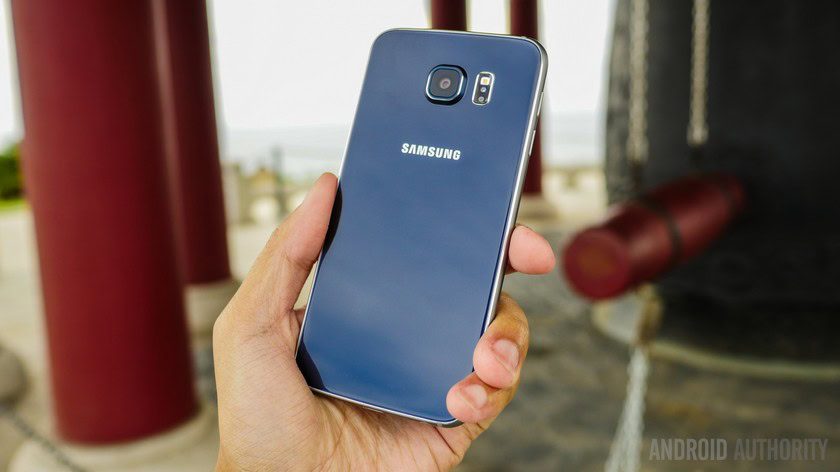
Up until the Samsung Galaxy S4, flagship Samsung phones sold better with each successive year. That came to a grinding halt with the Samsung Galaxy S5. That phone wasn’t a bad device by any stretch of the imagination (in fact, it’s one of our favorites), but it didn’t sell nearly as well as the Galaxy S4. Samsung knew it needed to change up its formula.
Samsung changed up the formula for the Galaxy S6, with very mixed results.
Enter the Samsung Galaxy S6. For the first time, Samsung wildly reinvented what a Galaxy S device looks like, introducing a “glass sandwich” design. However, it also abandoned several major facets of Galaxy S devices, such as an IP68 rating against water and dust and a microSD card slot.
Now, the Galaxy S6 wasn’t a bad phone overall; it just failed to live up to the expectations that Samsung phones had set up until that point. Unfortunately, Samsung’s bold attempt to reinvent the Galaxy S series in order to boost sales backfired horribly. Thankfully, the next series of Samsung phones — the Samsung Galaxy S7 series — fared much better from both a critical and commercial standpoint.
Samsung Galaxy Note 7: An explosive PR nightmare
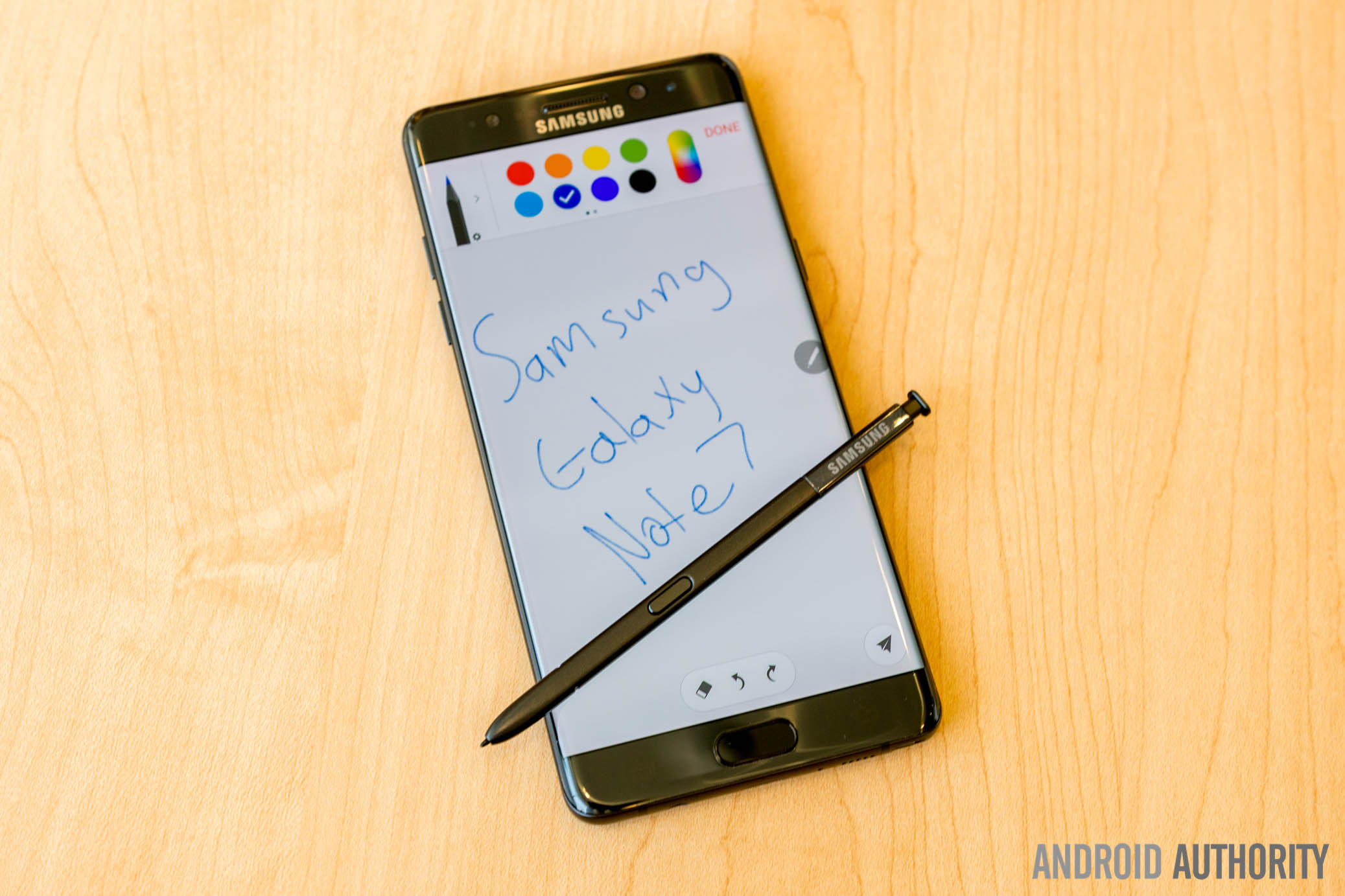
Some might argue that the failure of the Samsung Galaxy Note 7 is the blackest mark on the company’s reputation. The device’s launch went perfectly well, with early reviews praising the phone as one of Samsung’s best ever. However, as the weeks went on, a serious problem emerged: the phones were literally exploding.
It's possible the early demise of the Galaxy Note 7 will haunt Samsung forever.
Around the world, users were sharing photos and videos of Galaxy Note 7 devices that had spontaneously caught fire or even burst. The problem stemmed from the large battery in the phone, which apparently featured a manufacturing defect. Samsung issued a recall for the devices and gave out replacement units with a battery sourced from a different manufacturer. Unfortunately, reports about this second version of the Note 7 also overheating to the point of explosion started to come in, just like the first time around. Out of options, Samsung terminated the model altogether. It lasted less than two months.
The failure of the Galaxy Note 7 was a serious setback for Samsung. The Galaxy S7 launched earlier that year had been a big success, helping to erase the problems of the Galaxy S6. Samsung was poised to close out the year with two successful phones under its belt, but the Note 7 prevented that. It took a while before the company’s reputation and pocketbook recovered.
Negligence in the mid-range market
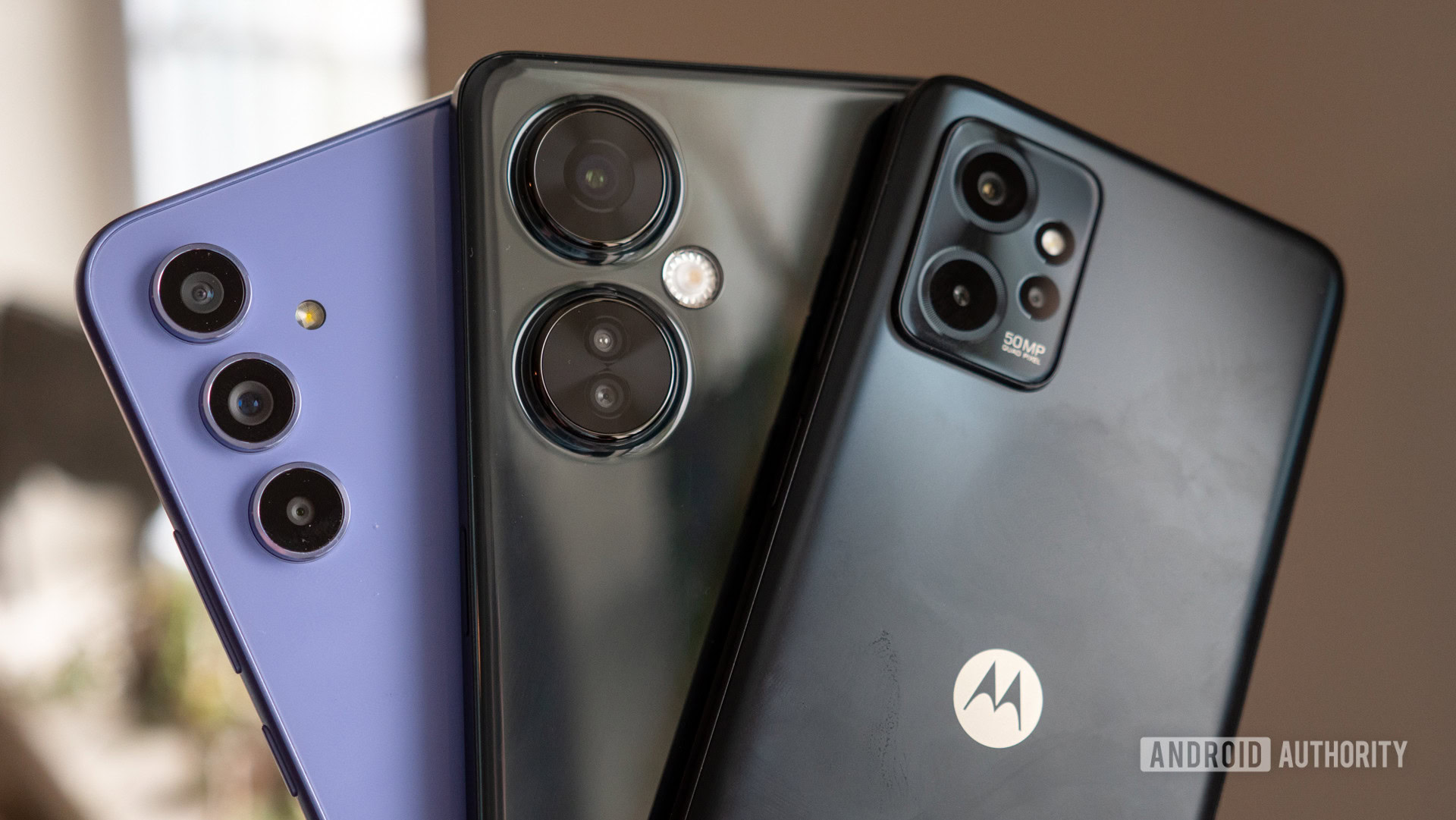
Here in the United States, Samsung dominates the high-end Android smartphone market. There are quite a few other countries where Samsung has the same position — a top maker of high-end smartphones. However, the mid-range and budget markets, for a long time, were segments where Samsung had little presence. Even when it did have products in the market, they were woefully uncompetitive.
Samsung is still paying the price for ignoring the mid-range and budget markets for years.
This negligence allowed other manufacturers — specifically Chinese companies — to gobble up market share. By the time Samsung realized that it wasn’t working hard enough in this segment, it was too late: companies like Xiaomi already had the market in a vice-like grip.
In recent years, Samsung has tried to make up for its mistake. It’s realized that it can’t simply toss out underwhelming mid-range phones and hope to compete with other brands. Instead, it needs to offer powerful devices at competitive prices to earn back its share of the market.
The Galaxy A and Galaxy M lines have so far done well to support that ambition. It will likely be years, though, before Samsung will be able to sit comfortably atop the mid-range smartphone table — if ever. Those few years of negligence will be difficult to recover from, because it takes a long time to change public perception.
Samsung Galaxy Fold: Abject failure to launch
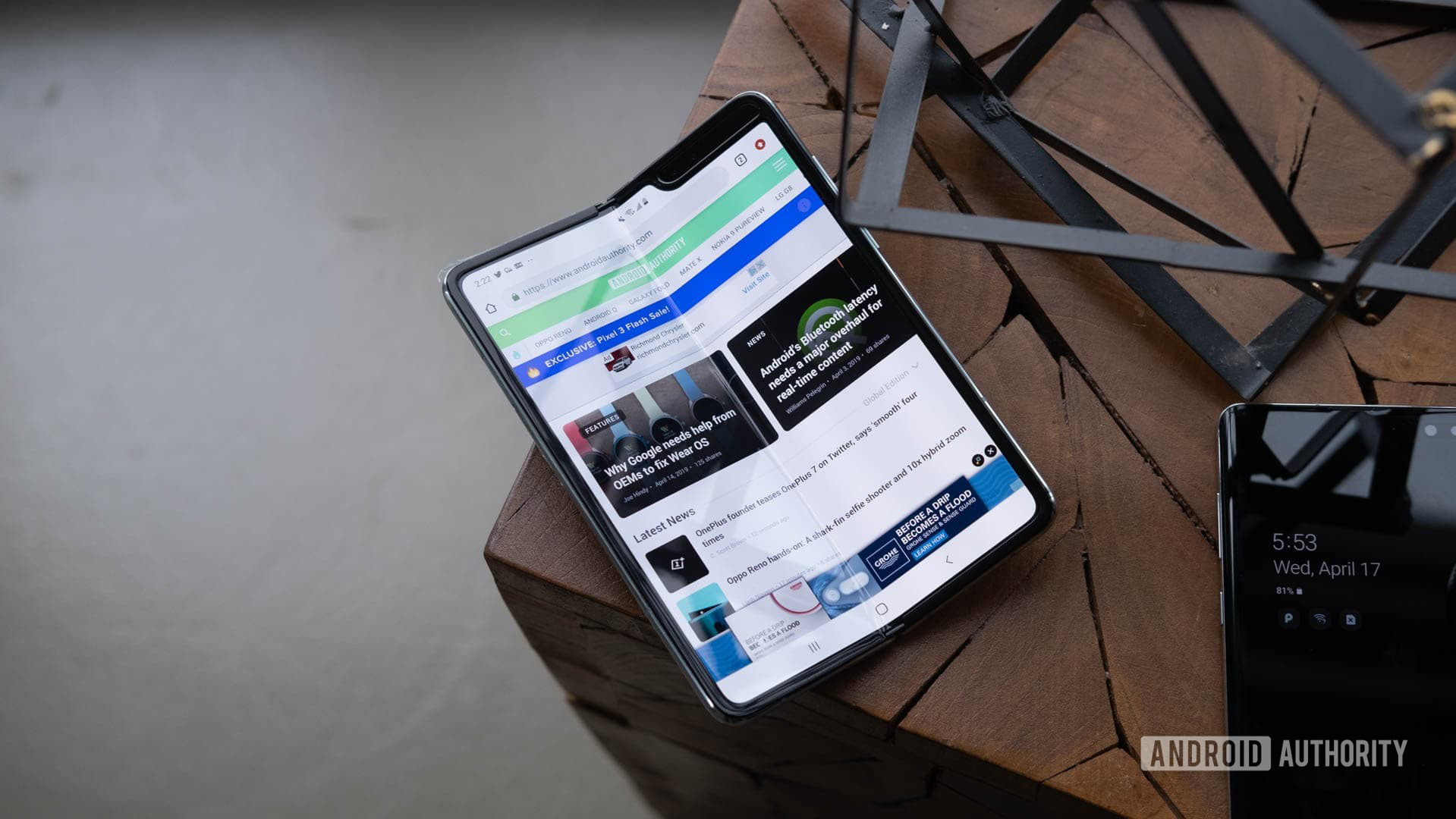
We’ve already touched a bit on the debacle that was the Samsung Galaxy Fold launch. Samsung made a big to-do of its first foldable phone by teasing it at the Samsung Developers Conference in the fall of 2018. Excitement for the phone hit a fever pitch; it was unlike anything we had seen before.
In the summer of 2019, Samsung formally launched the Fold and issued a small crop of review units. That’s when the problems began. Early reviewers noted how easily the plastic-covered foldable display could be scratched or even ripped and how dust particles easily got lodged in the hinge or even under the display itself. Before long, it became clear that the durability of the Fold was simply not up to par for a commercial product.
The Galaxy Fold launch will likely be best remembered as a textbook case of how not to launch a product.
Amid the backlash, Samsung demanded the return of all review units and postponed the launch of the Fold. Eventually, a refined version of the device hit the market with a stronger display and a better-designed hinge. By then, though, it was too late, and the Fold was mostly DOA.
Thankfully, Samsung made up for the problems of the Fold with the Galaxy Z Flip (mentioned in the previous section) and the Galaxy Z Fold models, each now in their fifth generation.
Why does everyone hate Bixby, Samsung’s digital assistant?
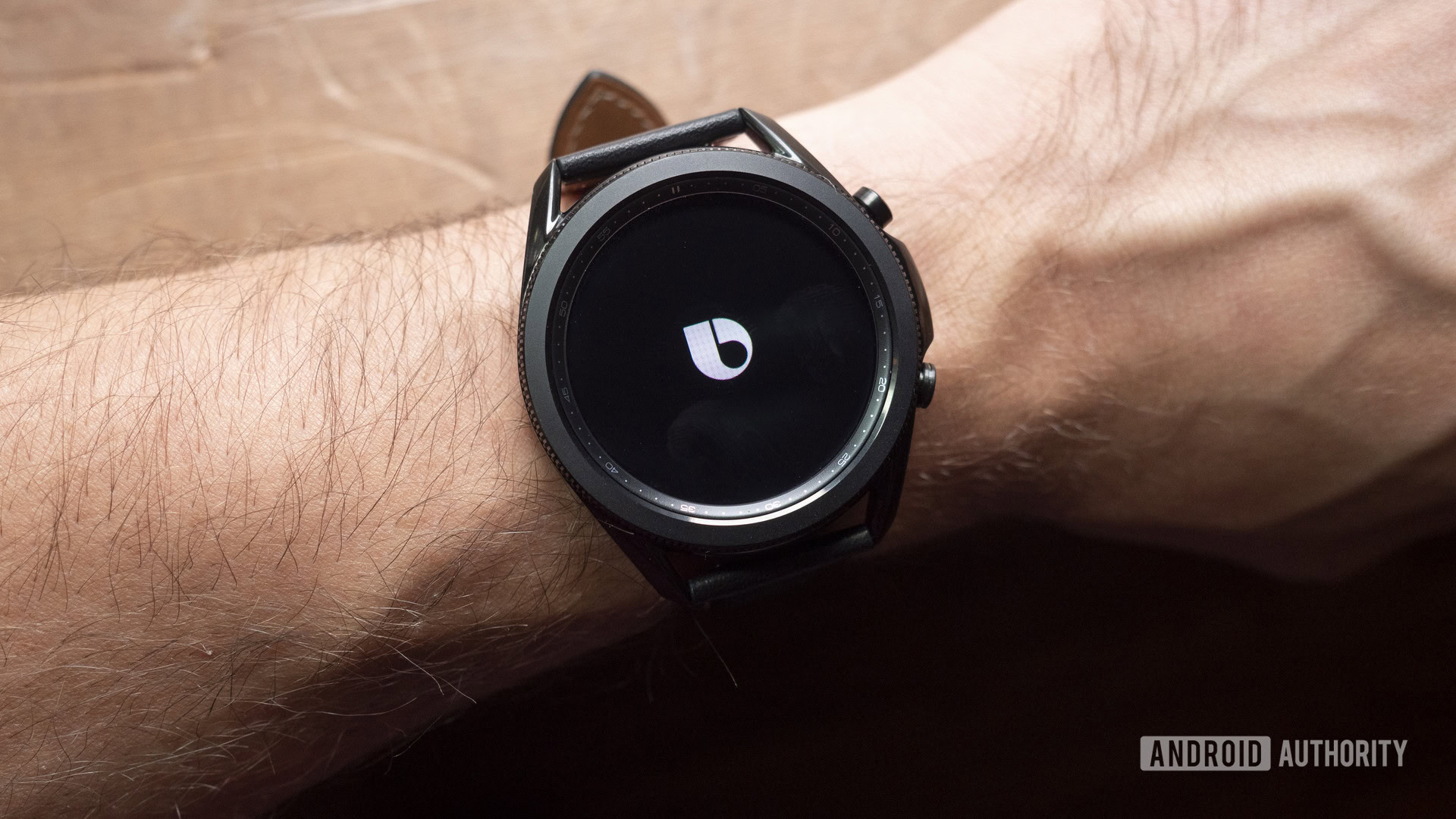
Bixby is a proprietary digital assistant developed by Samsung. In general, it is only found on Samsung phones and other Samsung-branded devices. It acts in a similar capacity as other digital assistants such as Amazon’s Alexa, Google Assistant, and Apple’s Siri.
Over the years, Bixby has earned a poor reputation. By most metrics, it is not as efficient or powerful as Google Assistant and Alexa. Being locked to Samsung products doesn’t make it as versatile, either. While your mileage may vary, most consumers would agree that Bixby is not an adequate replacement for Google Assistant or Alexa.
However, Bixby is very powerful and useful when it comes to on-device functions. For example, asking Google Assistant to open an app on your Samsung phone might be less efficient than asking Bixby to do it.
A few years ago, Samsung pushed Bixby quite hard, much to the annoyance of users. Recently, though, Samsung has seemed to realize that Bixby is in a losing battle and is making it more of a background feature rather than a primary focus. You can also deactivate Bixby, which is something many of our staff and readers do when they buy a new Samsung phone.
Frequently asked questions about Samsung phones
Recently, Samsung updated its overall policy for Android updates. Going forward, you should expect to get four years of Android upgrades for most higher-end Samsung phones and even some mid-range models. That means if you buy a phone that comes with Android 13, you should expect Android 14, Android 15, Android 16, and even Android 17 before Samsung stops upgrading that device. Even then, you’ll see another year of security patches before Samsung moves the phone to end-of-life status.
Samsung no longer delivers headphone jacks with the majority of its devices. All of its 2021, 2022, and 2023 flagships don’t have headphone jacks, for example. However, some of its mid-range devices, such as those in the Galaxy A series, do still have a 3.5mm port.
Once again, Samsung has started moving away from including expandable storage on all its phones. The Galaxy S23 series doesn’t support microSD cards, for example. However, several phones in the Galaxy A series do, even in 2023. You’ll need to check a specs sheet before buying if this is an important feature for you.
If you have the phone already, you can download a free app called CPU-Z that will tell you what brand/model is inside your phone. For those of you who are buying a new phone online, the listing should tell you whether it’s an Exynos or Qualcomm model. If it doesn’t, you should check with the merchant/seller ahead of time to ensure you are getting the model you’re looking for.
In a word, no. There are non-smartphone mobile devices from Samsung that don’t have Android, but all of its major smartphones will come with Android as the platform. If the word “Galaxy” is in the name of the phone, it is assured that it runs on Android.
Samsung designs and manufactures its products across the globe, but South Korea is its design hub/headquarters, and Vietnam is where most of its phones are manufactured. Read our guide to learn more about where Samsung makes its products.
This is a tricky question, but the essentials are that Samsung is largely owned by the Lee family, who have controlled Samsung and all its related subsidiaries since the very beginning.

